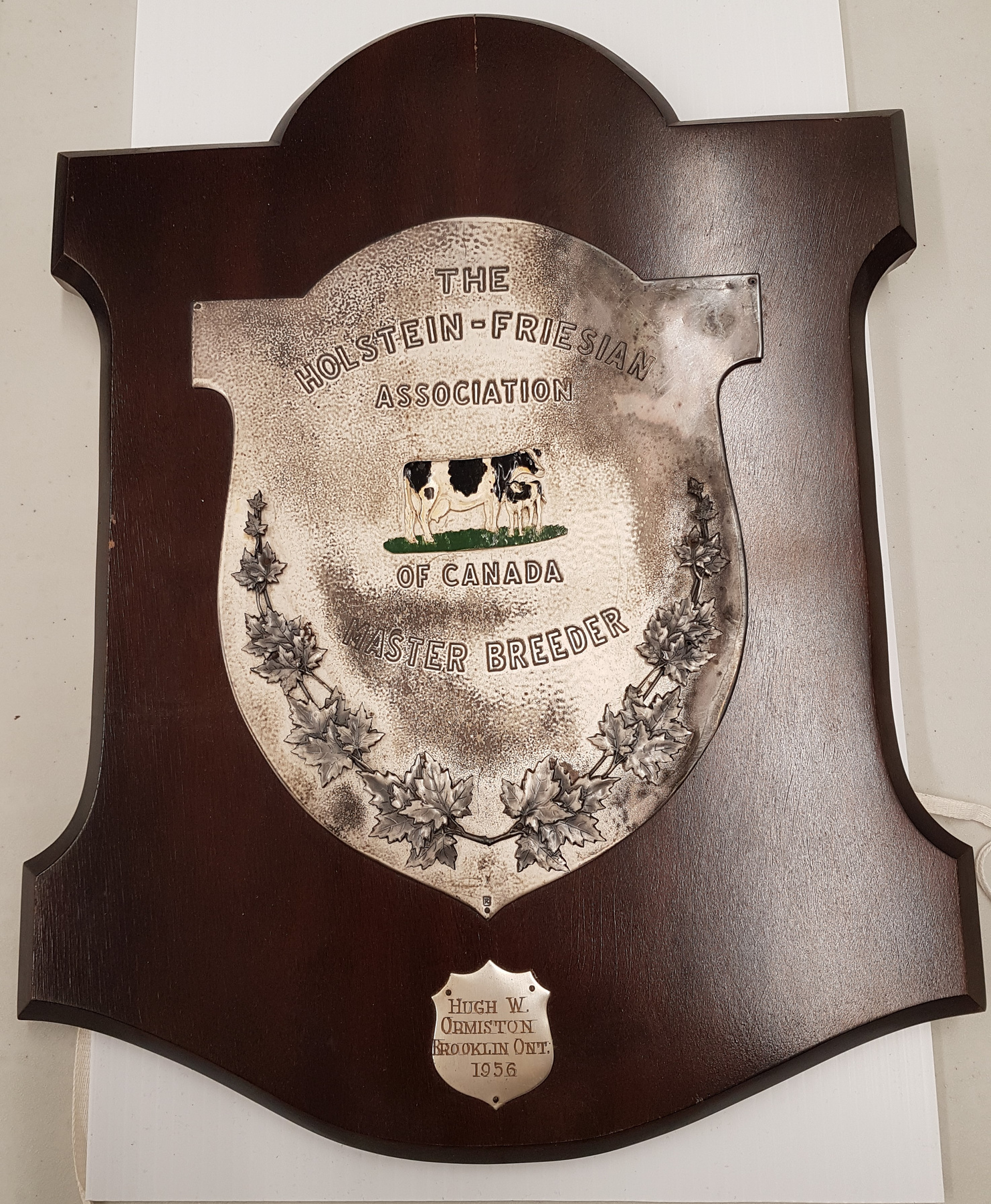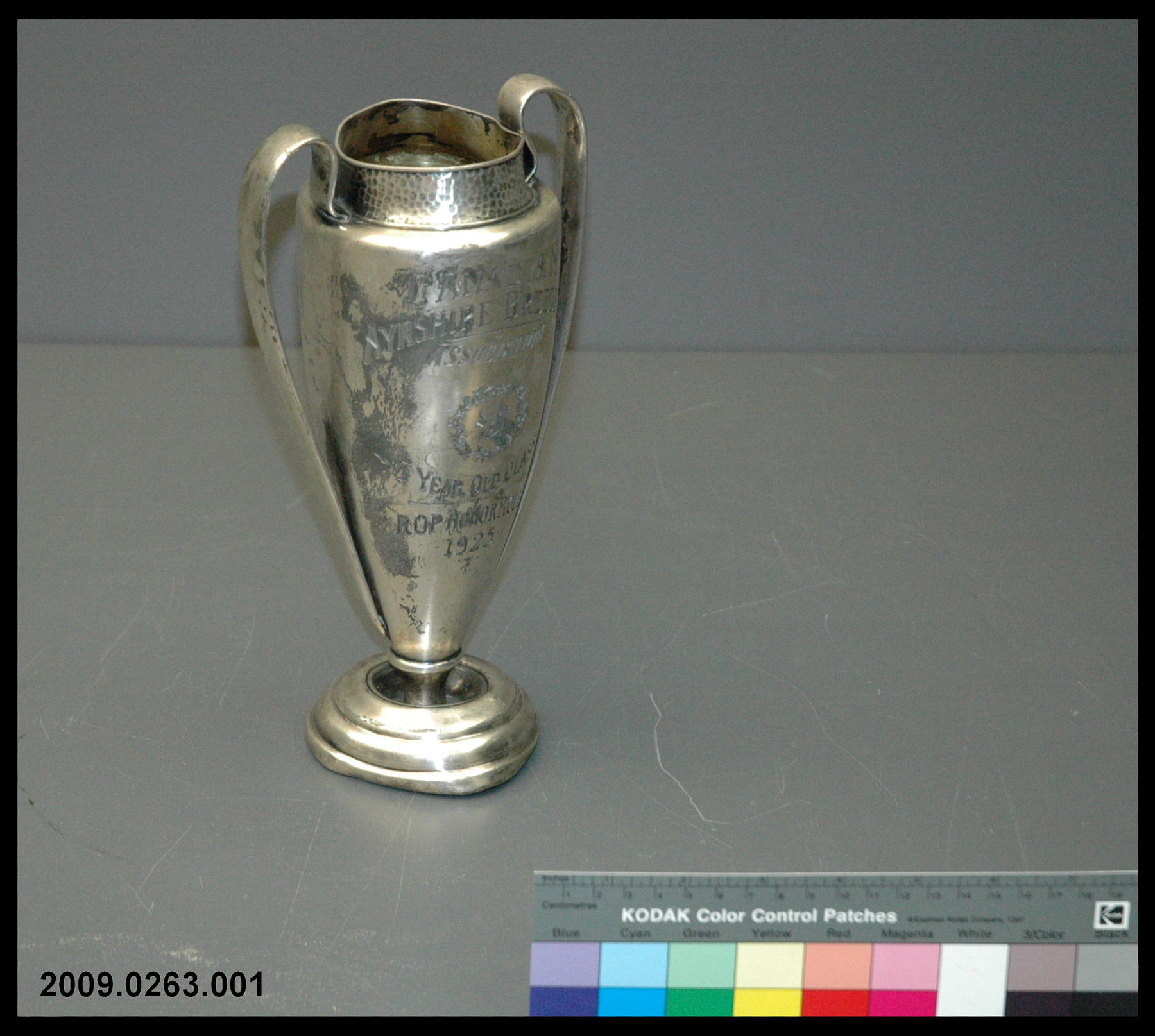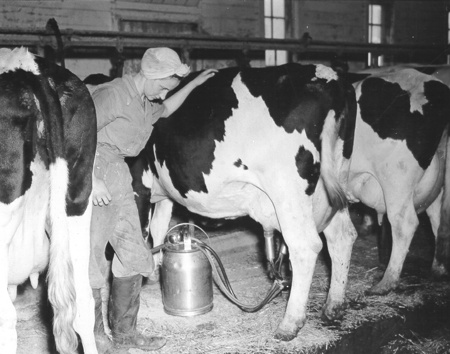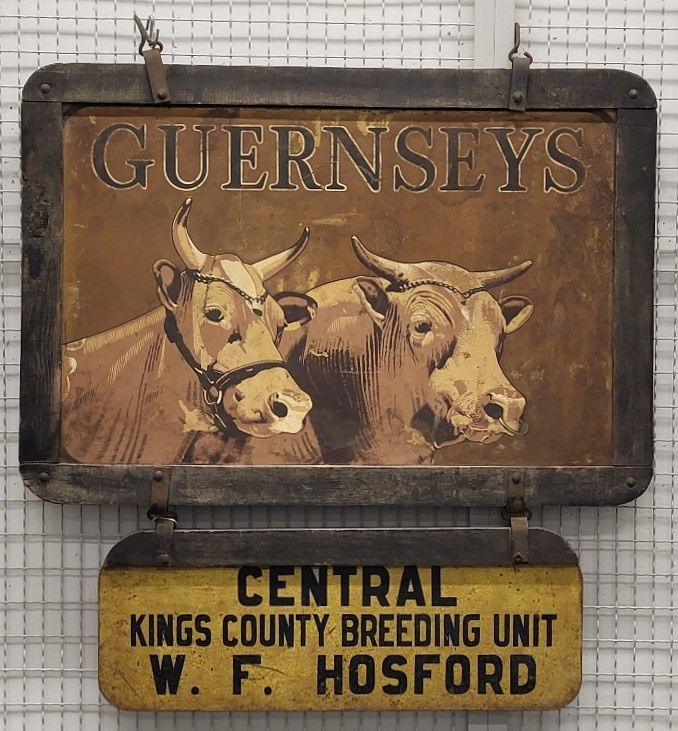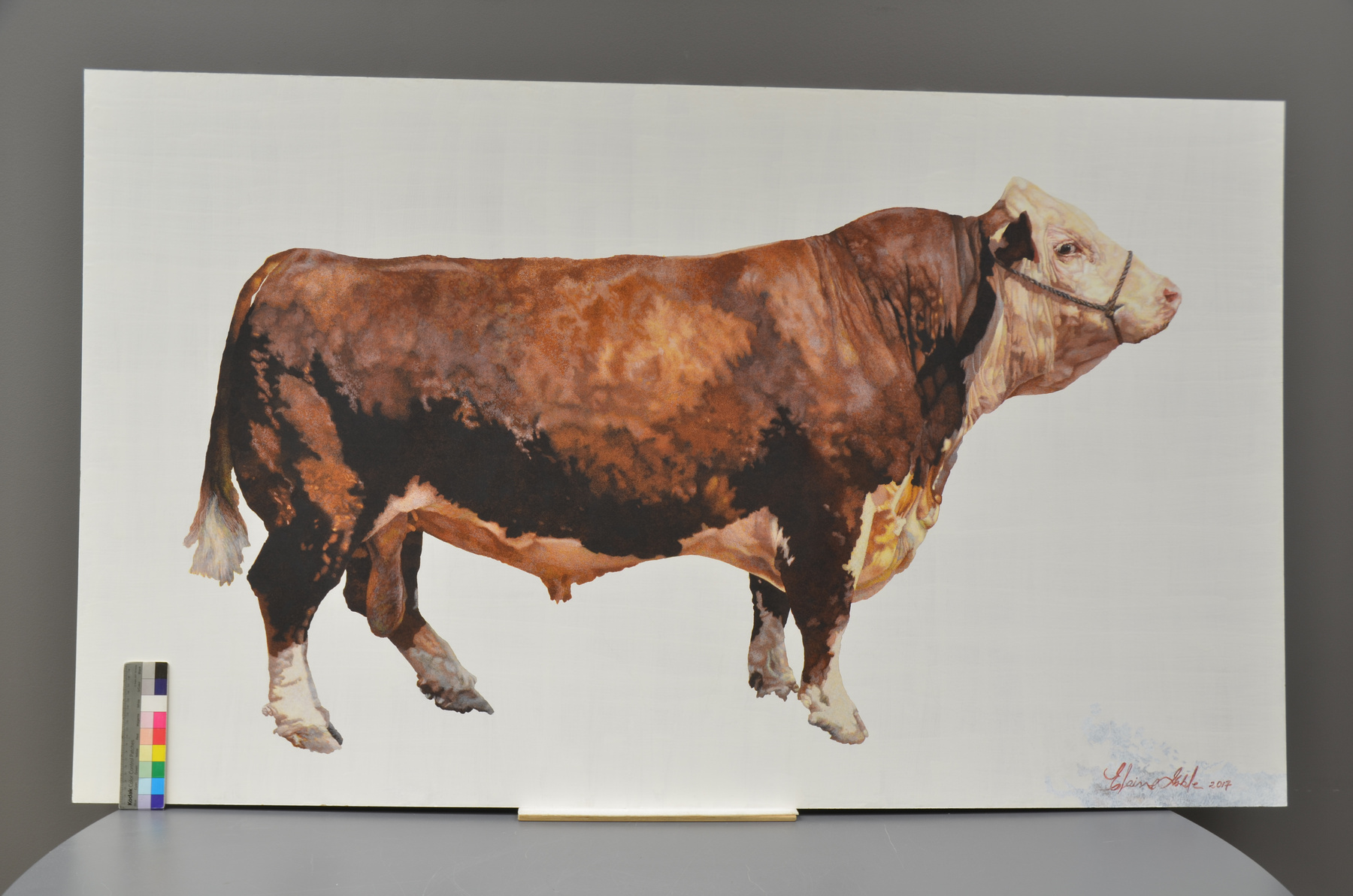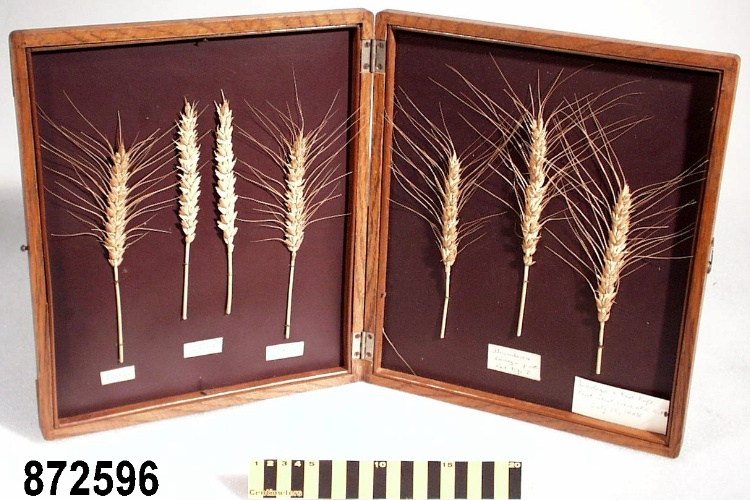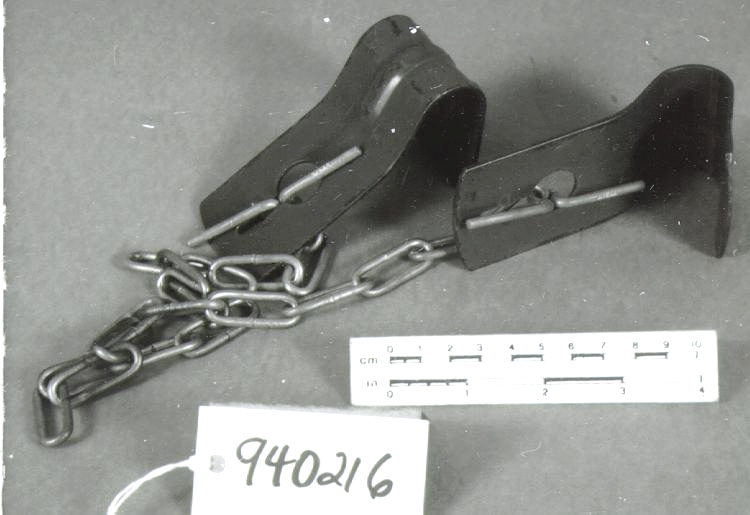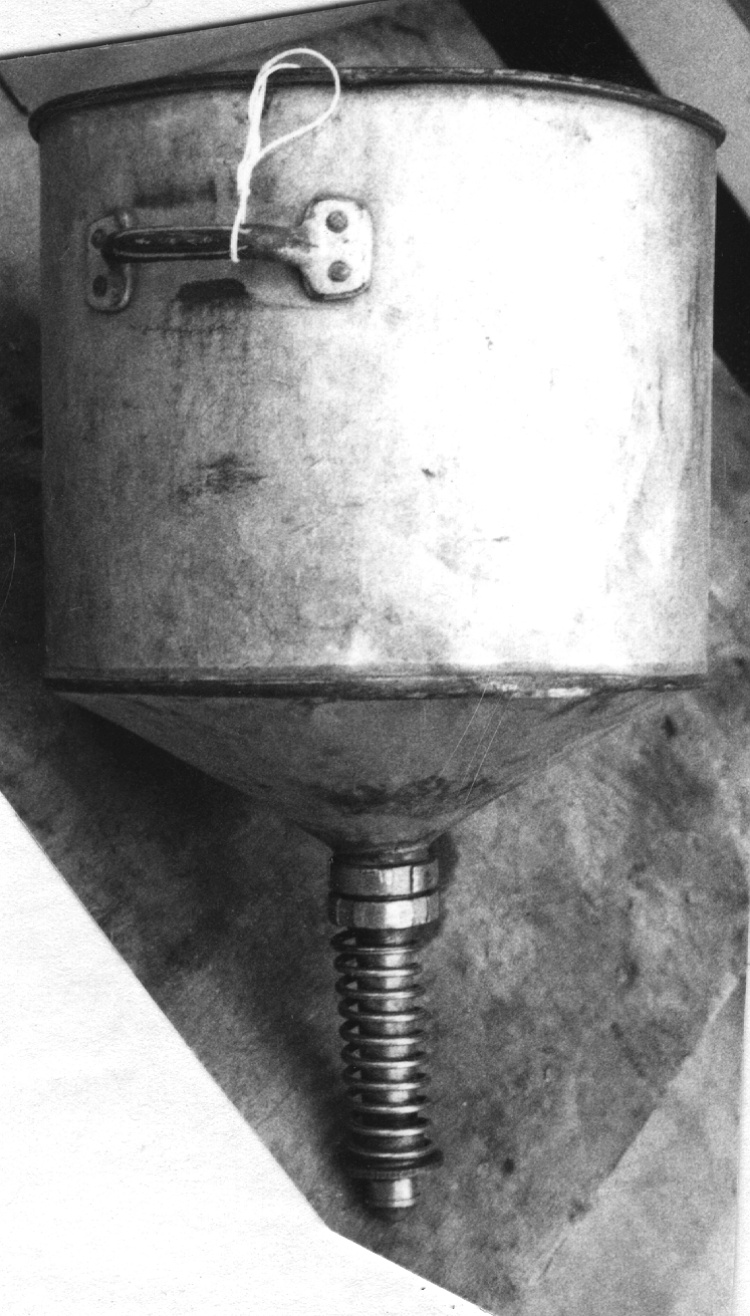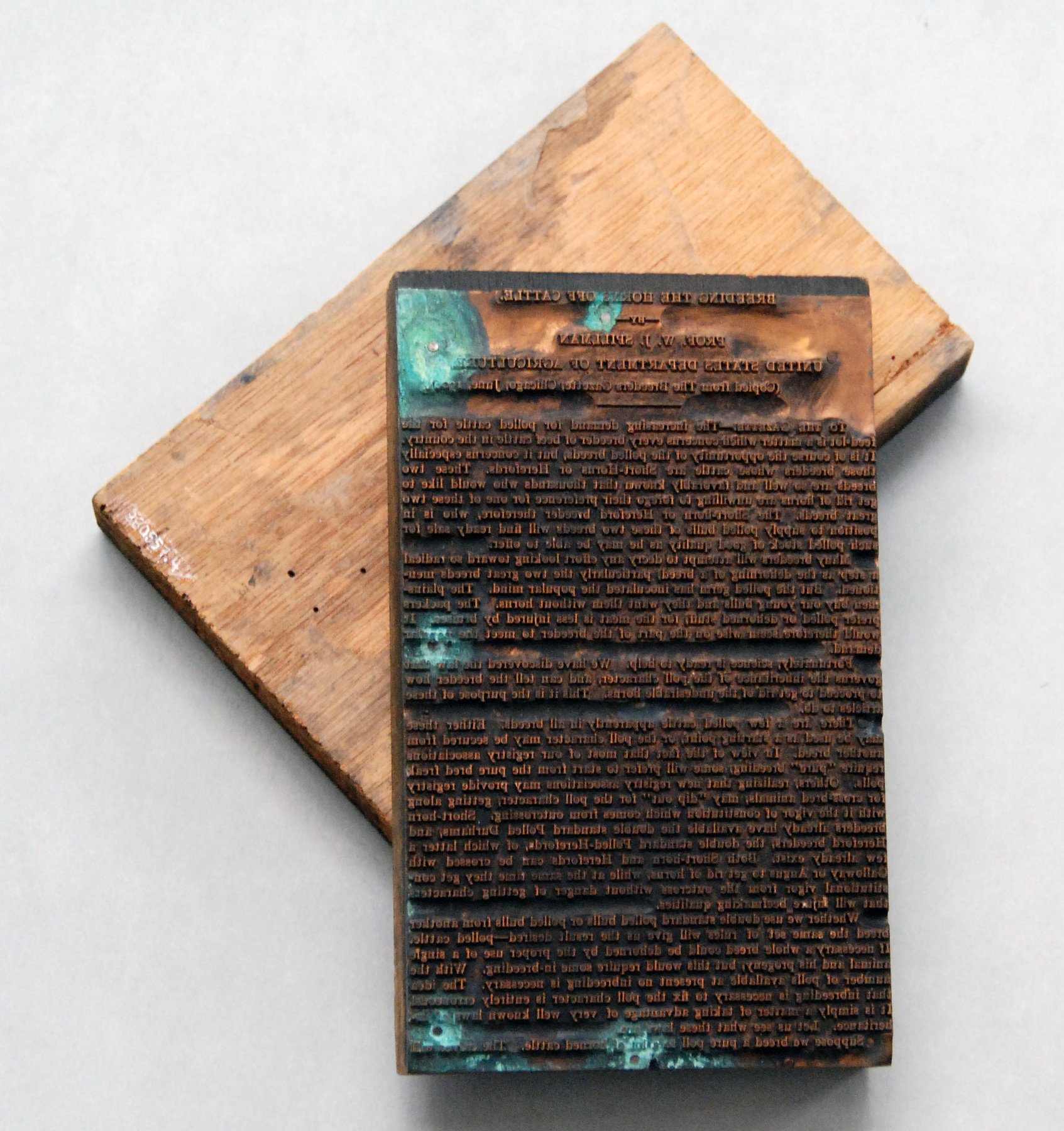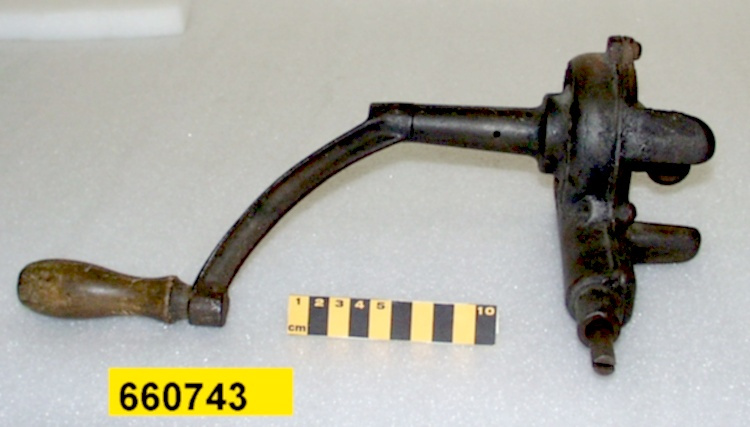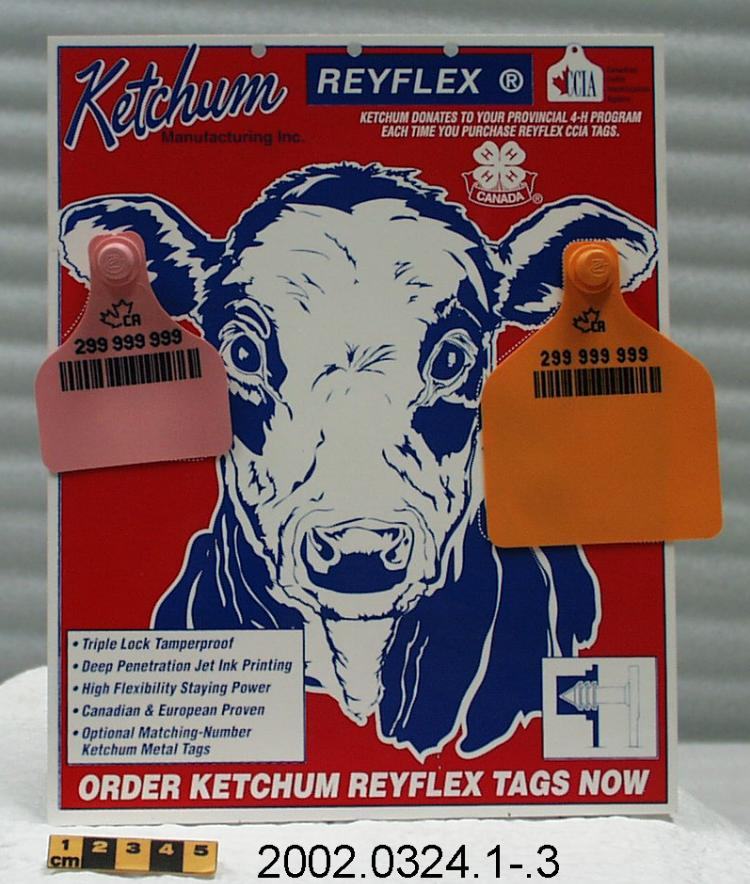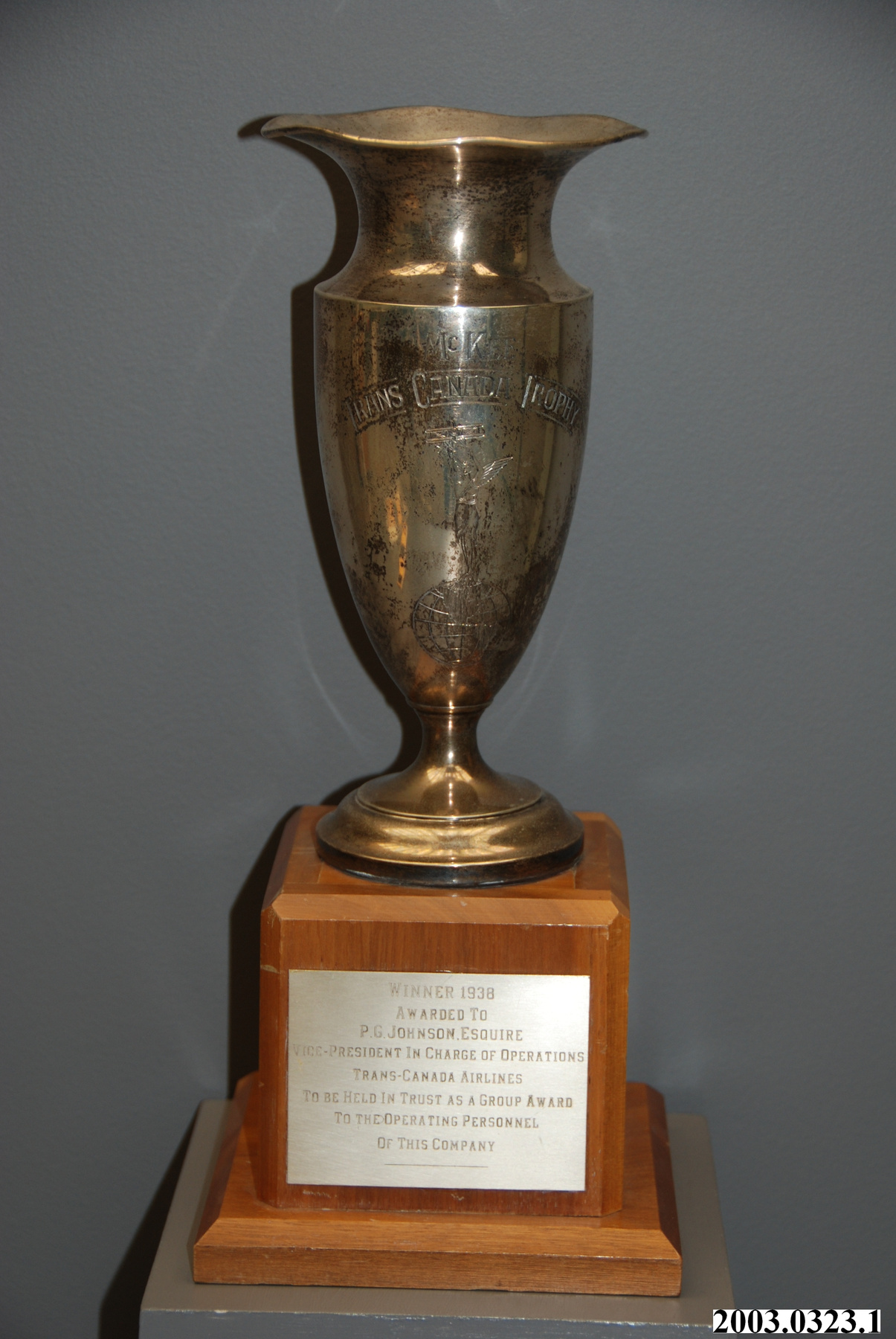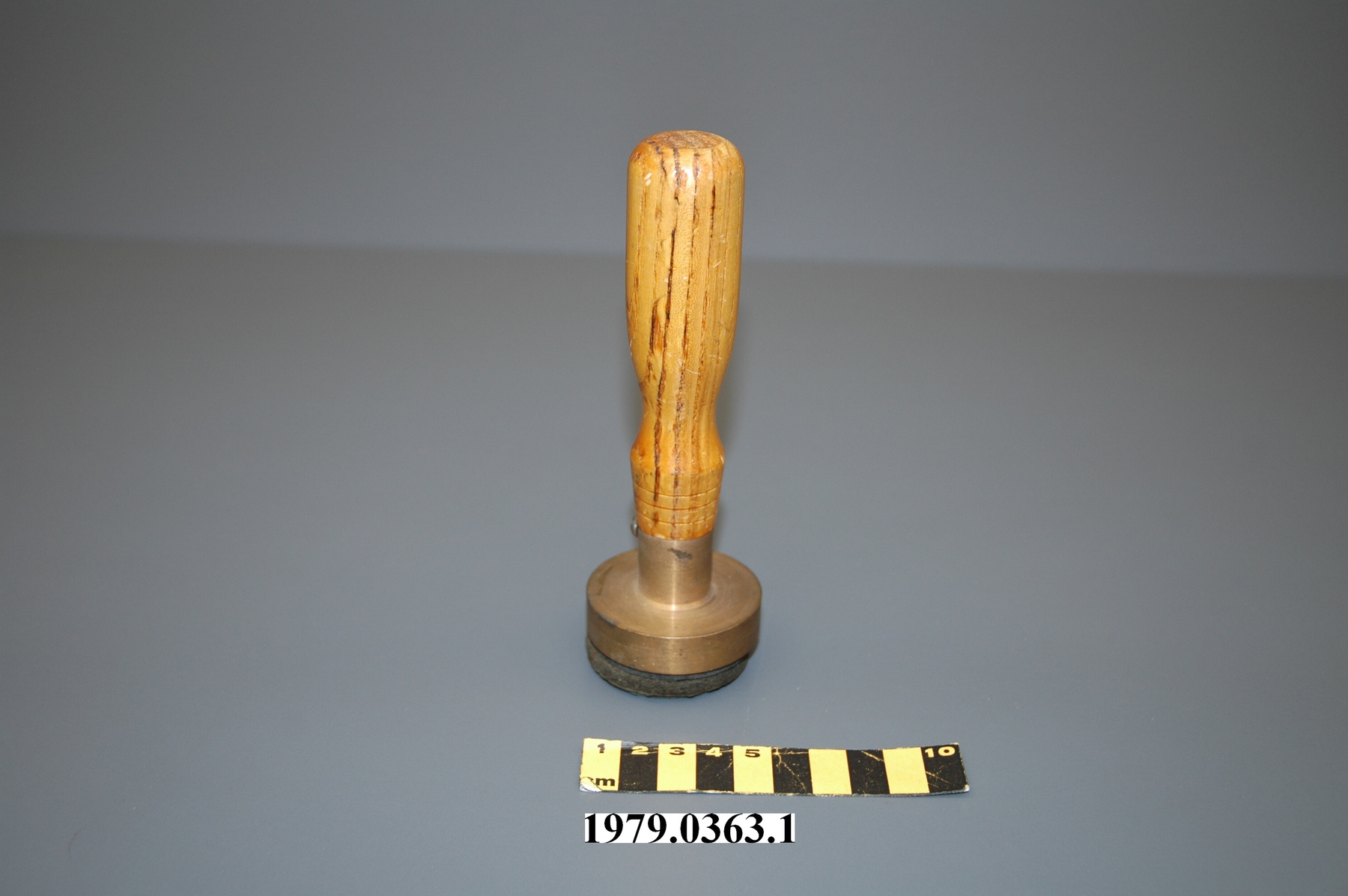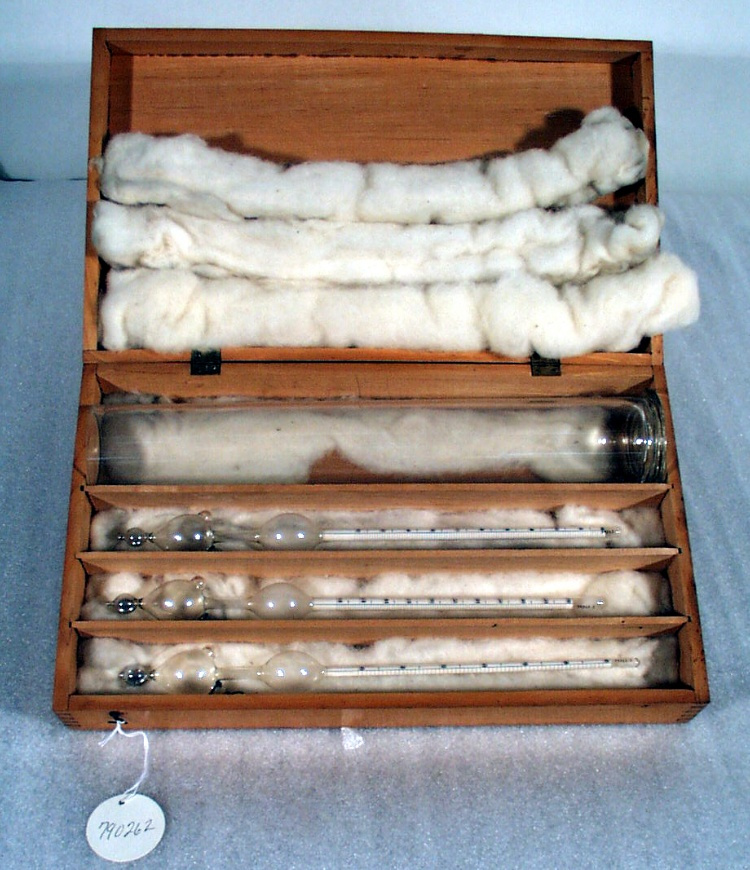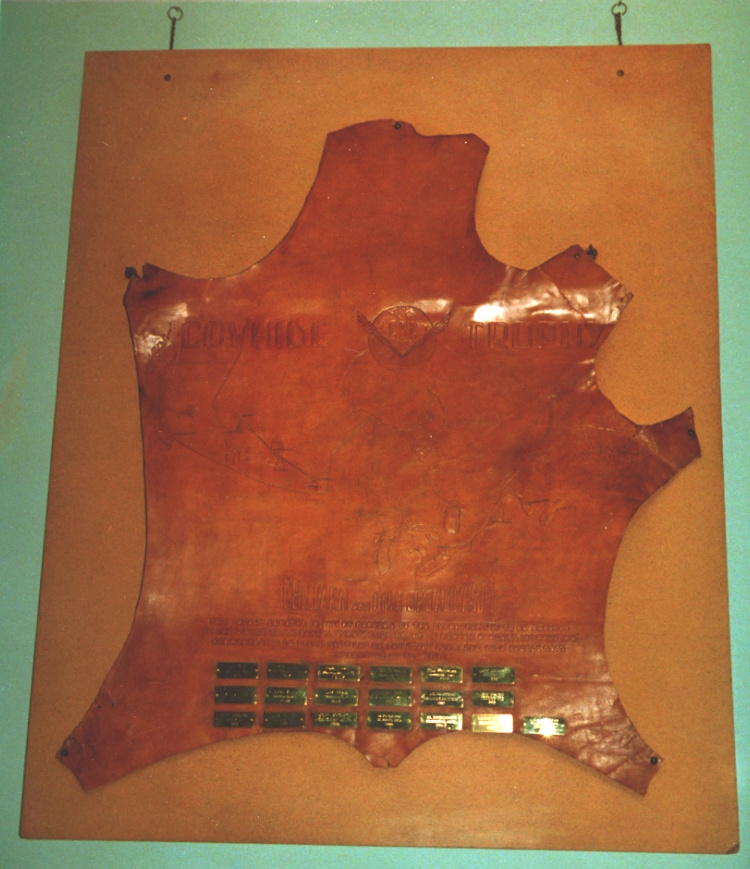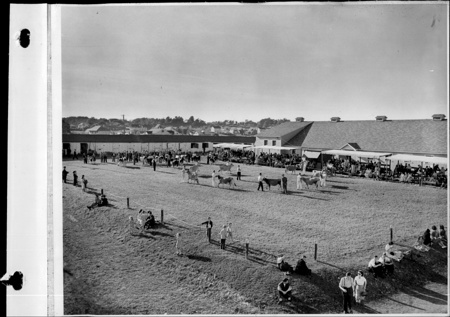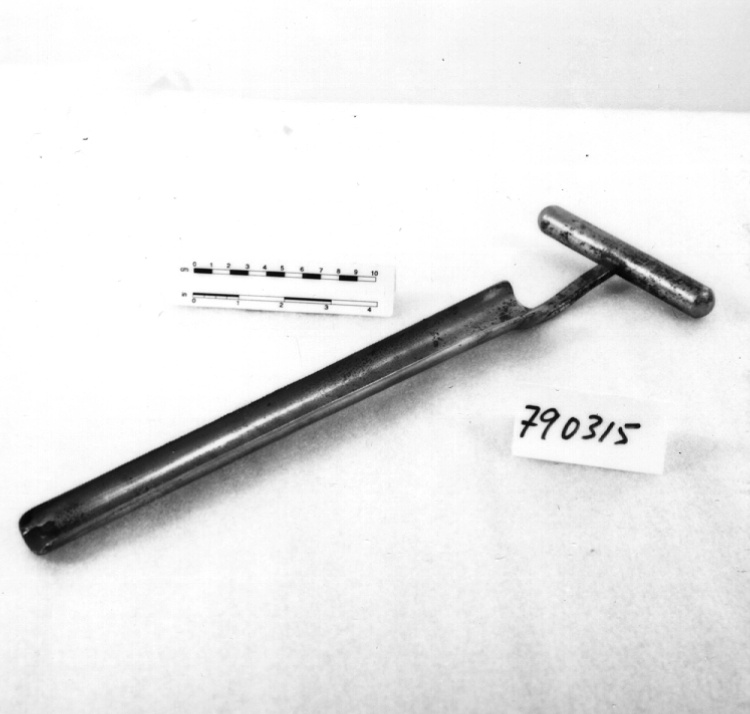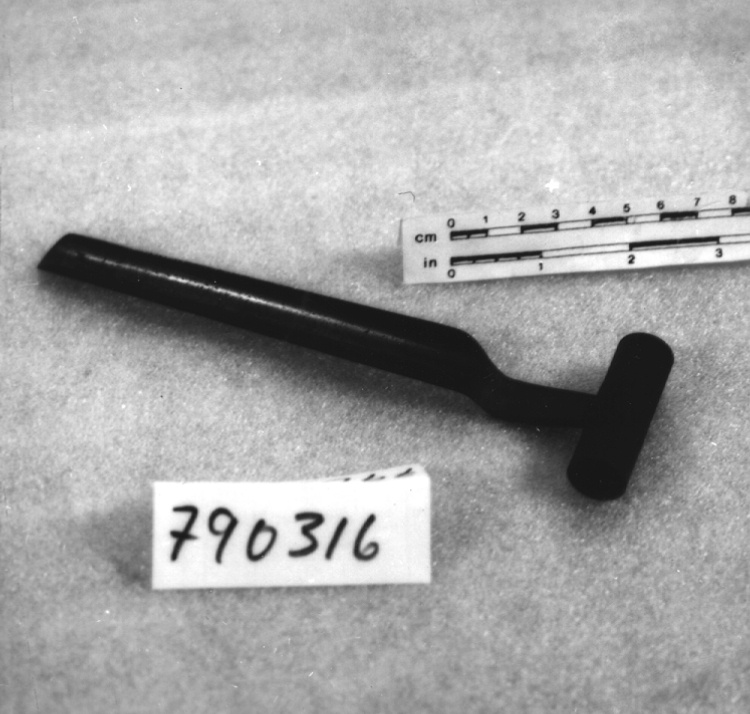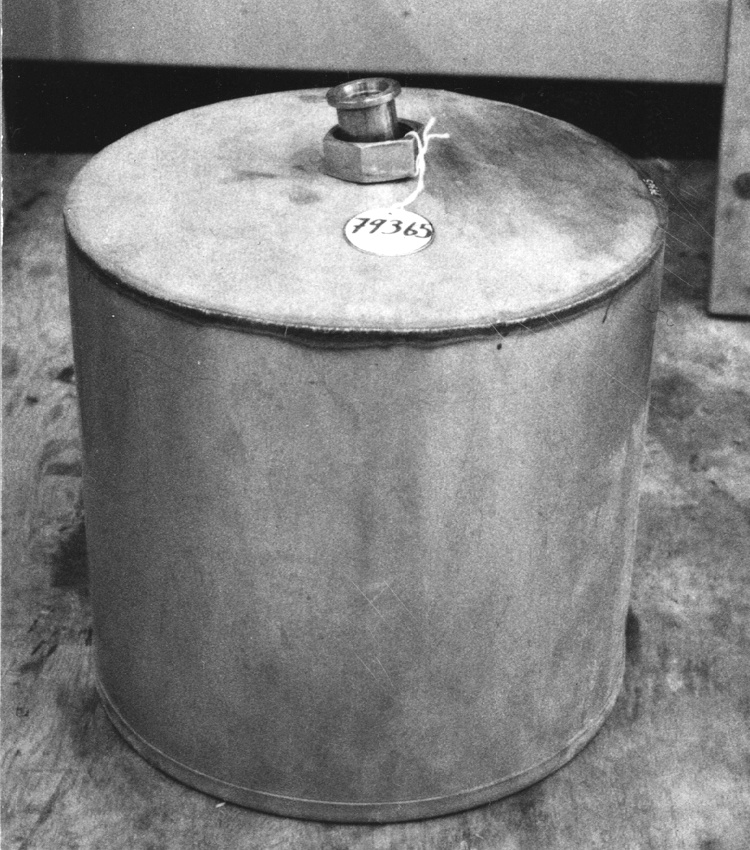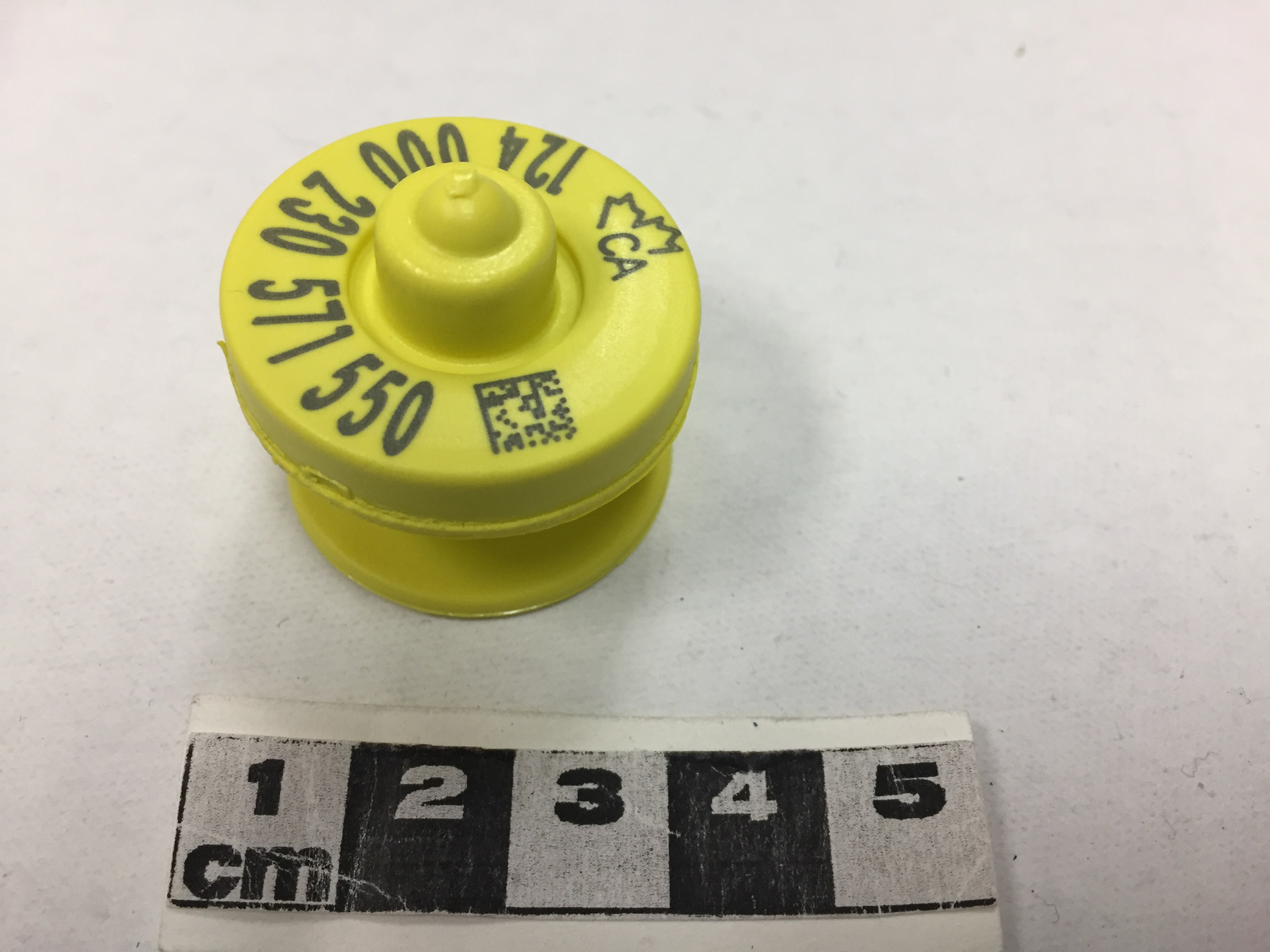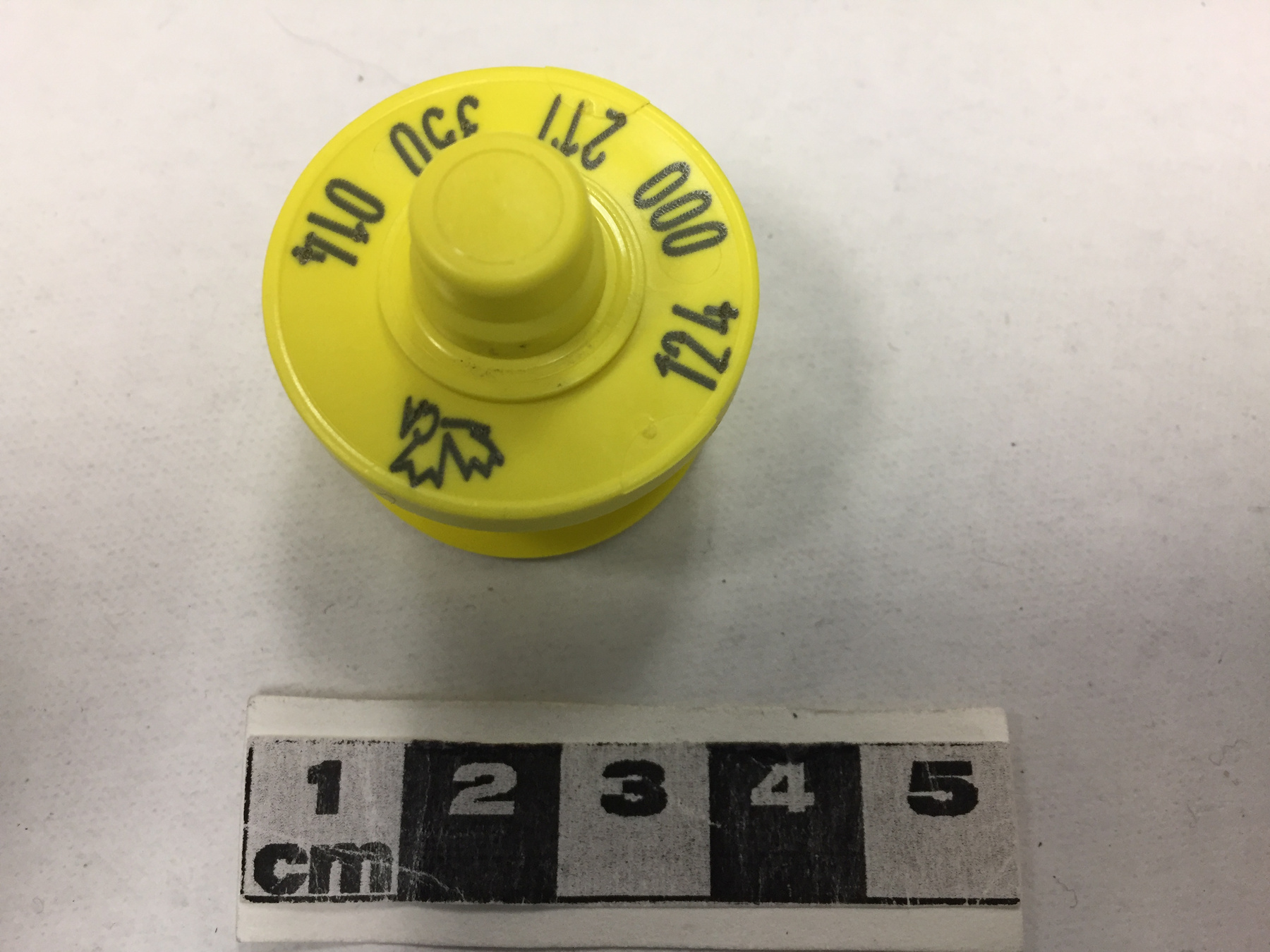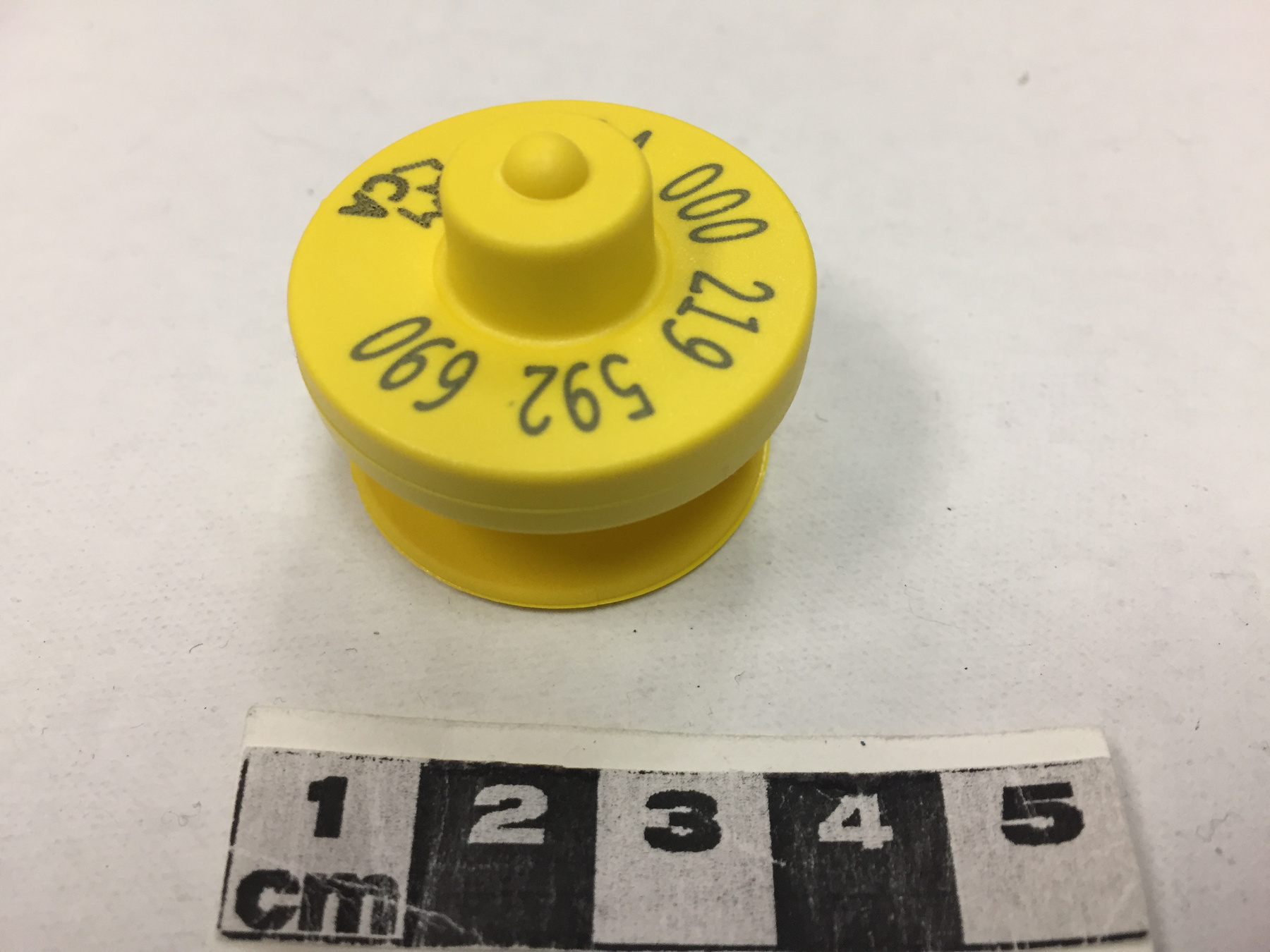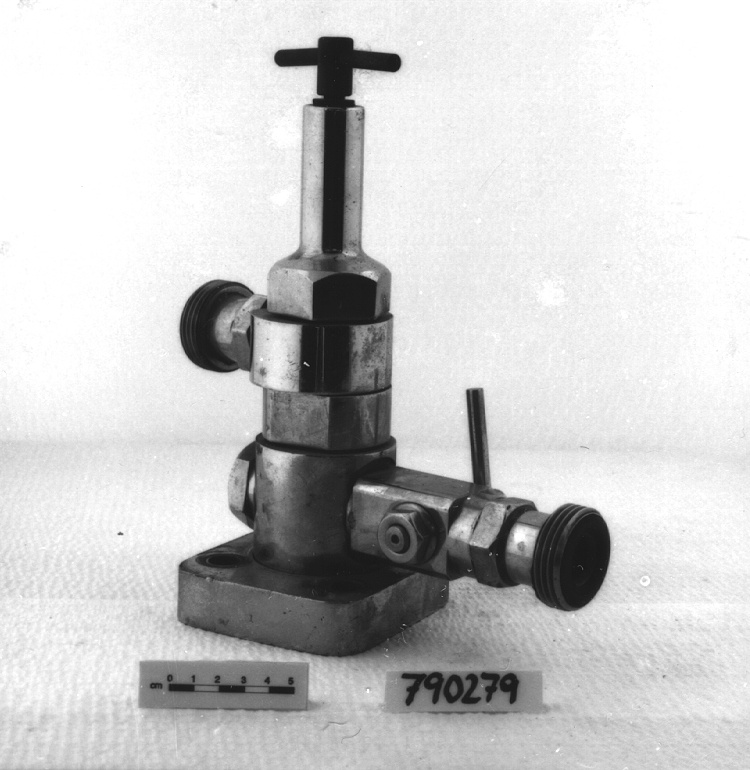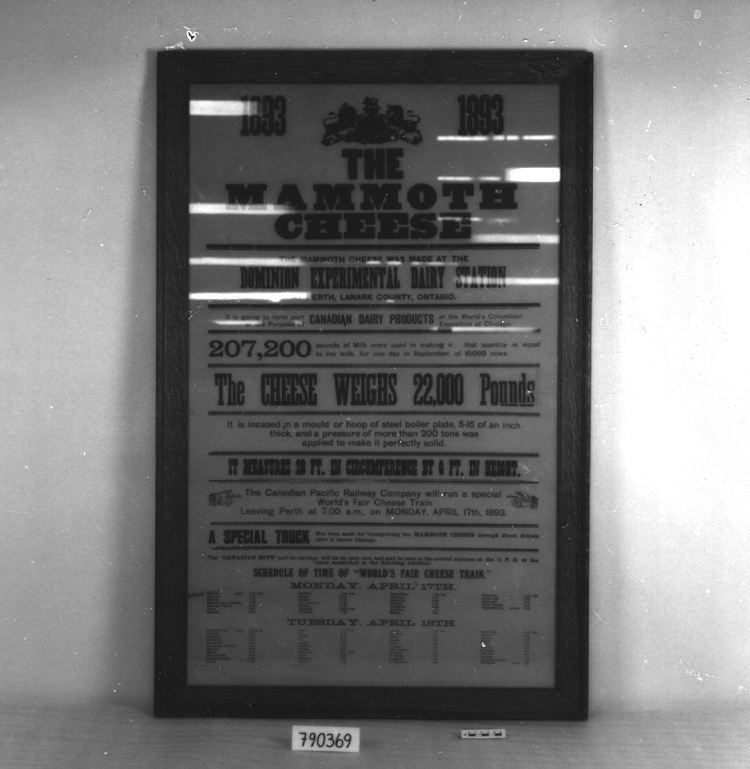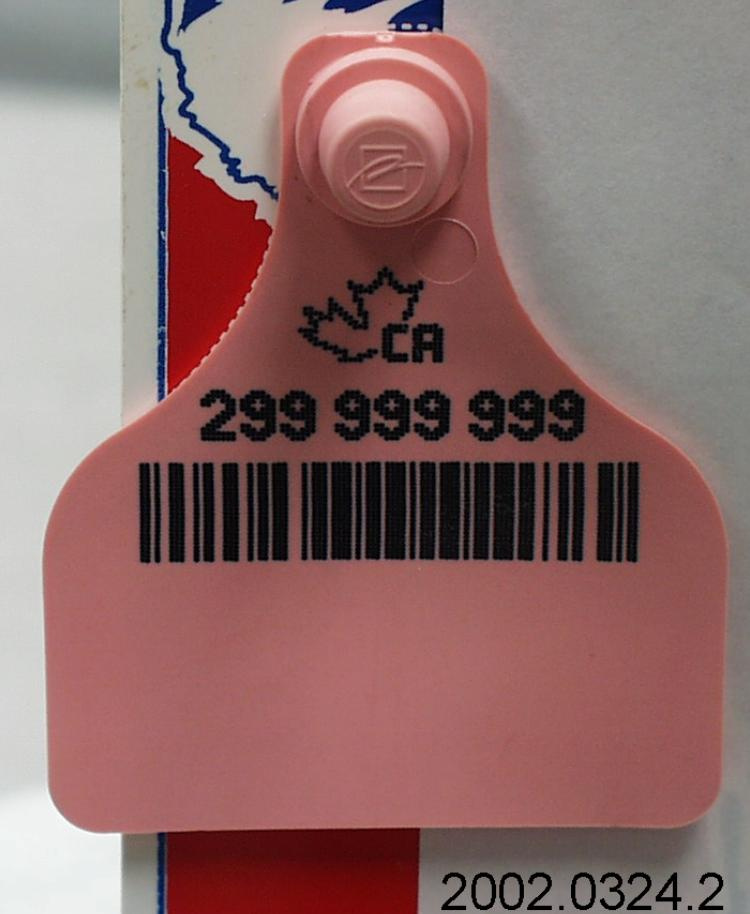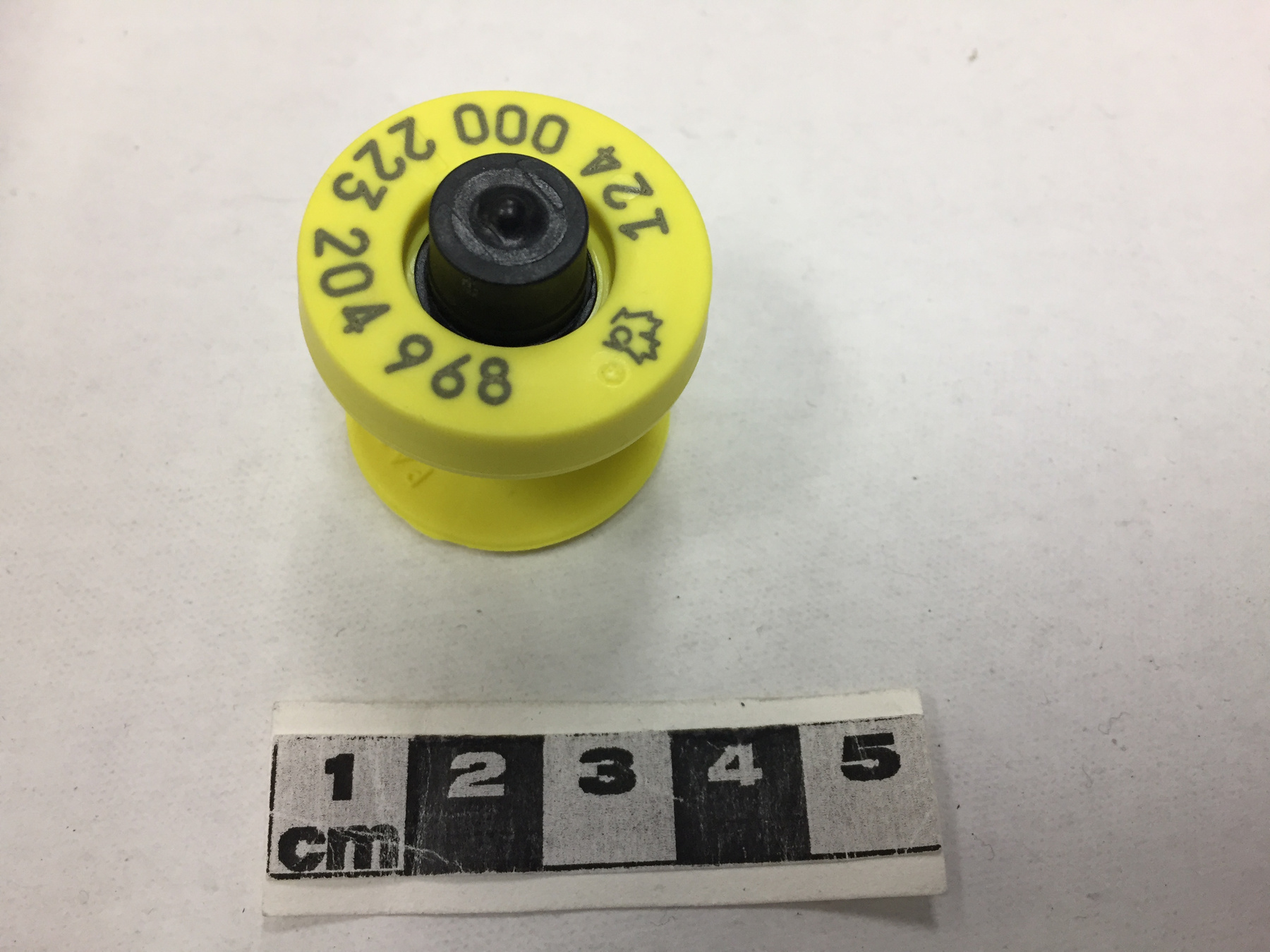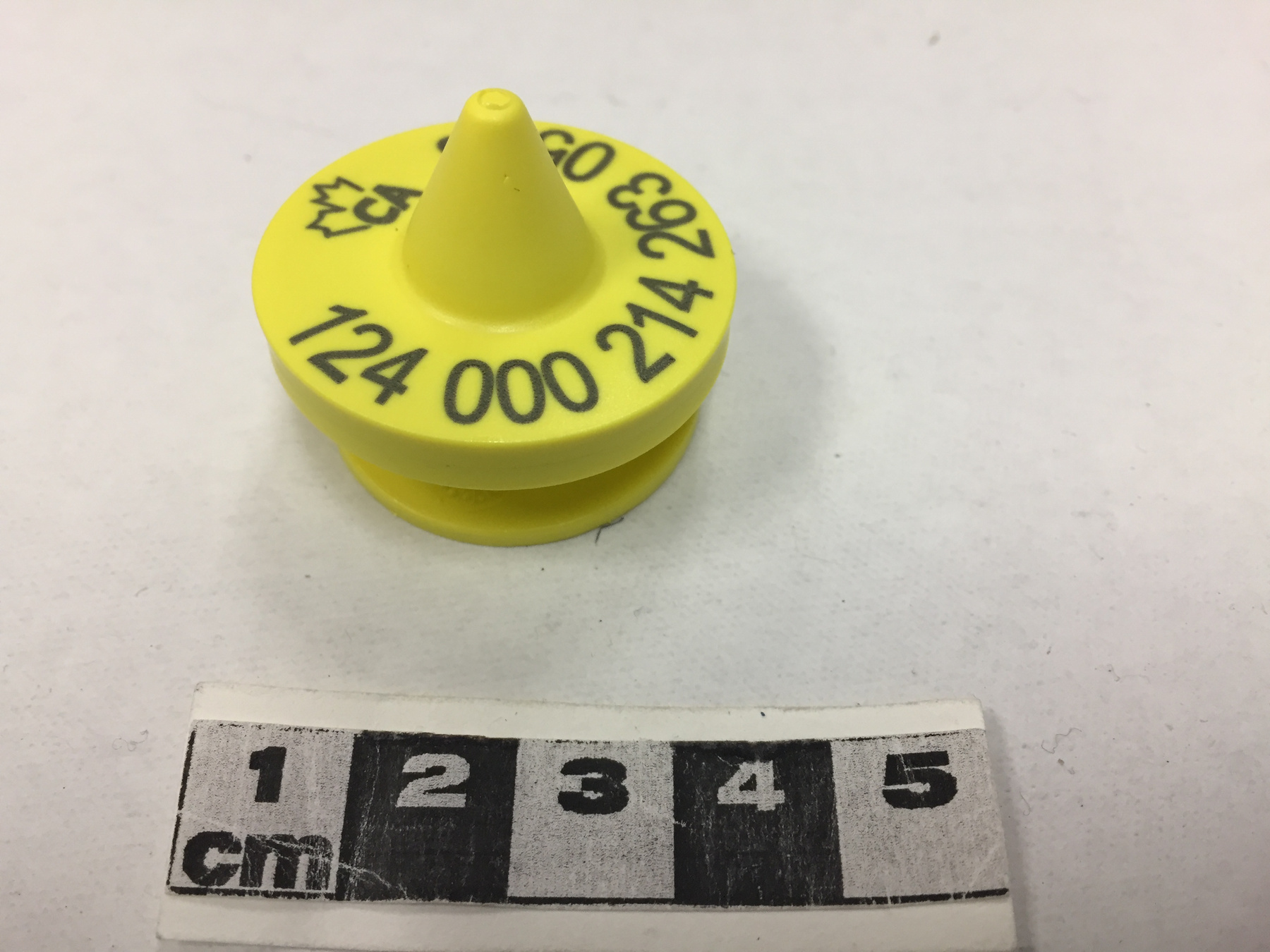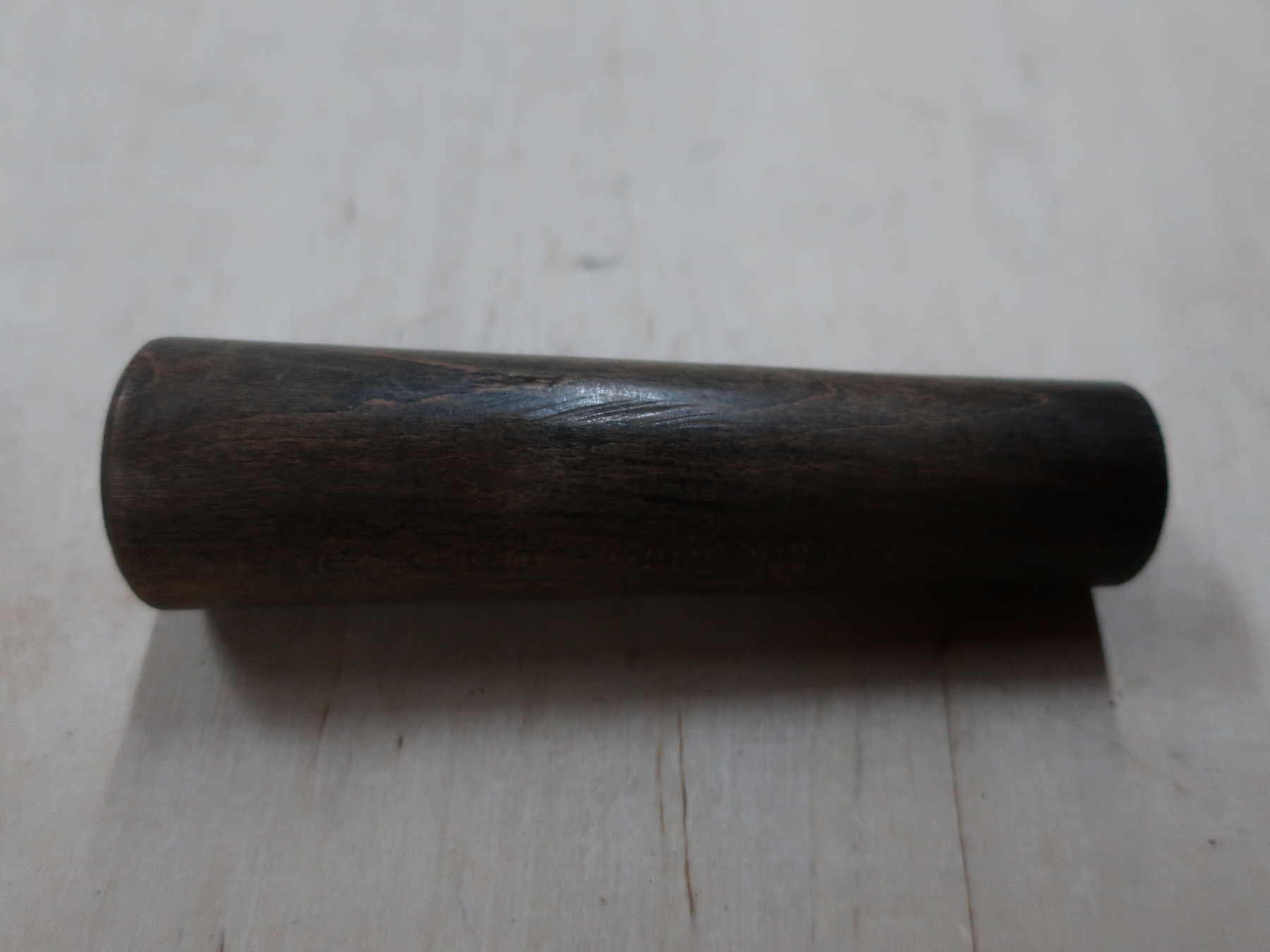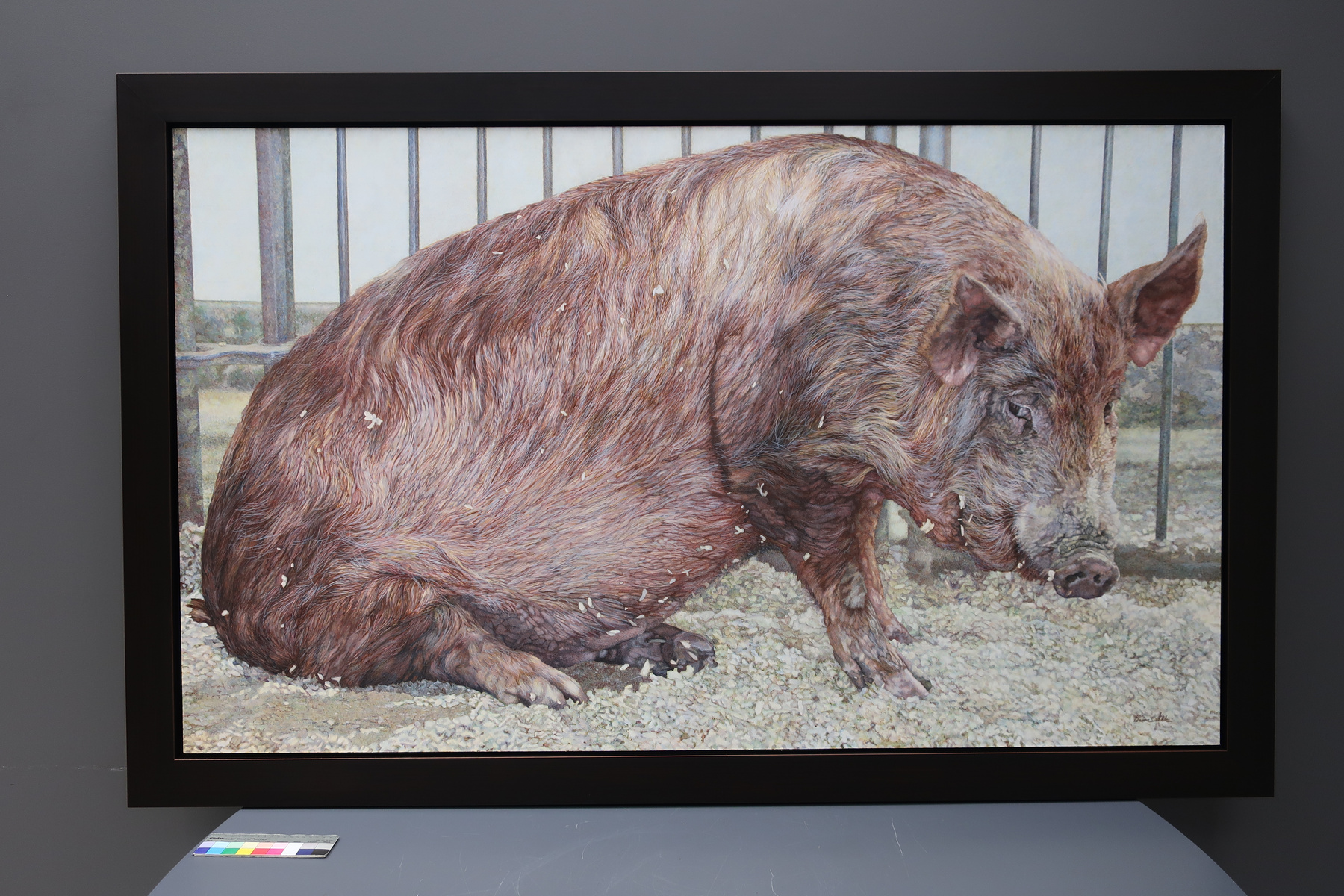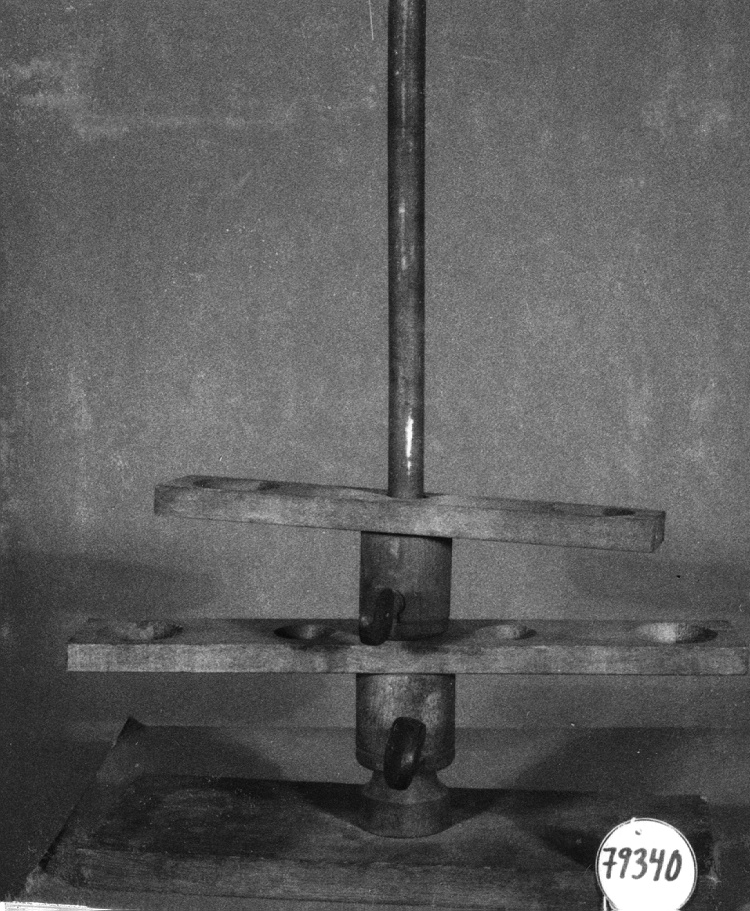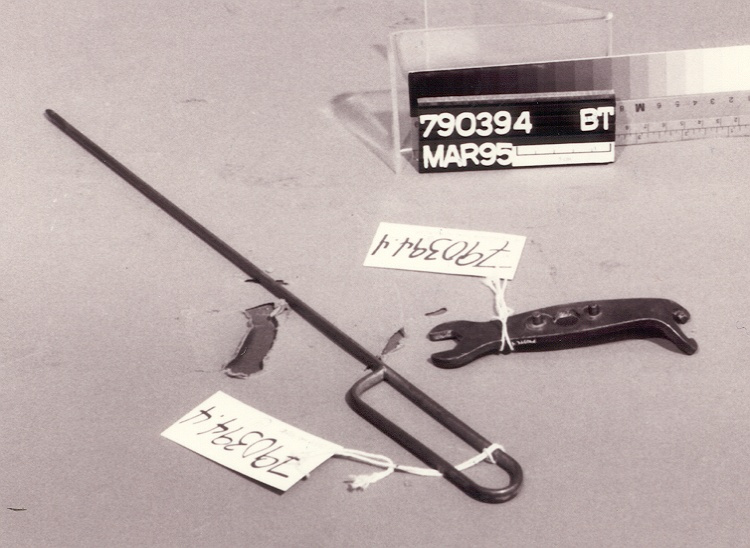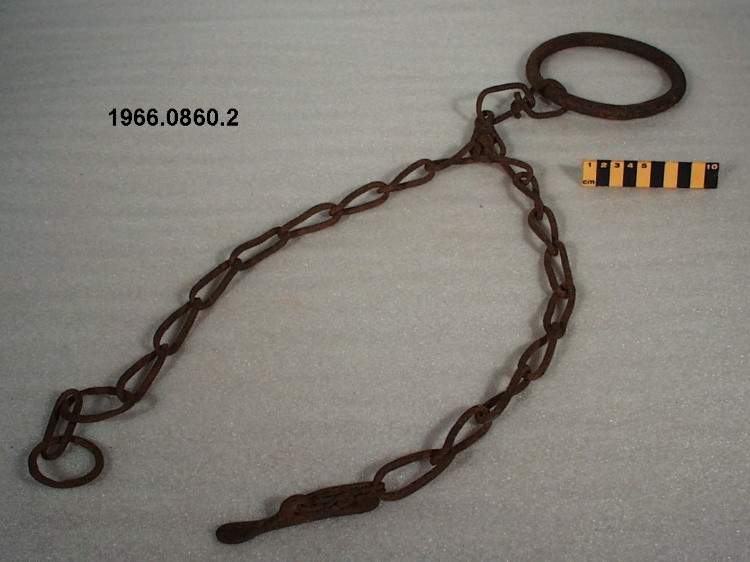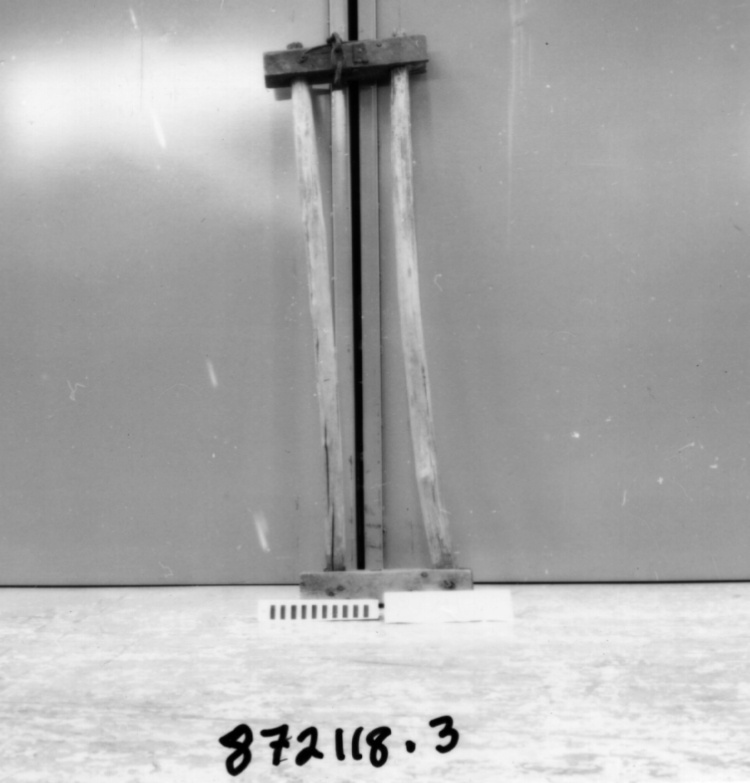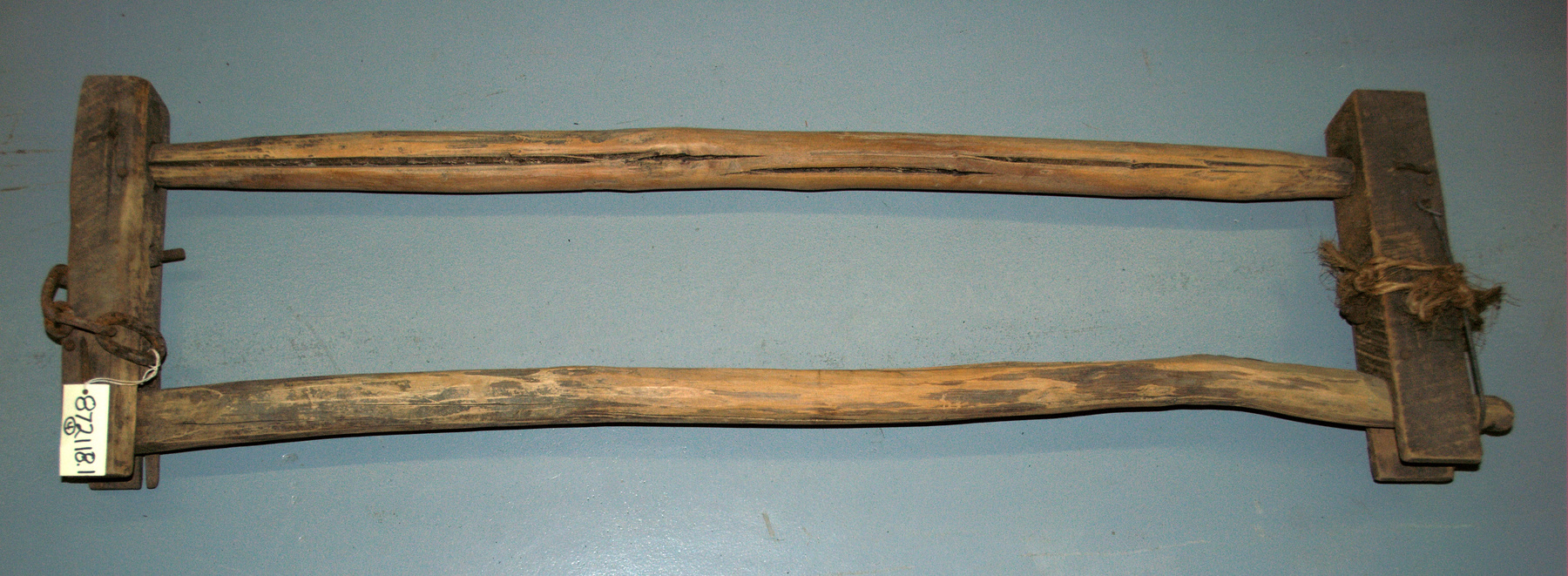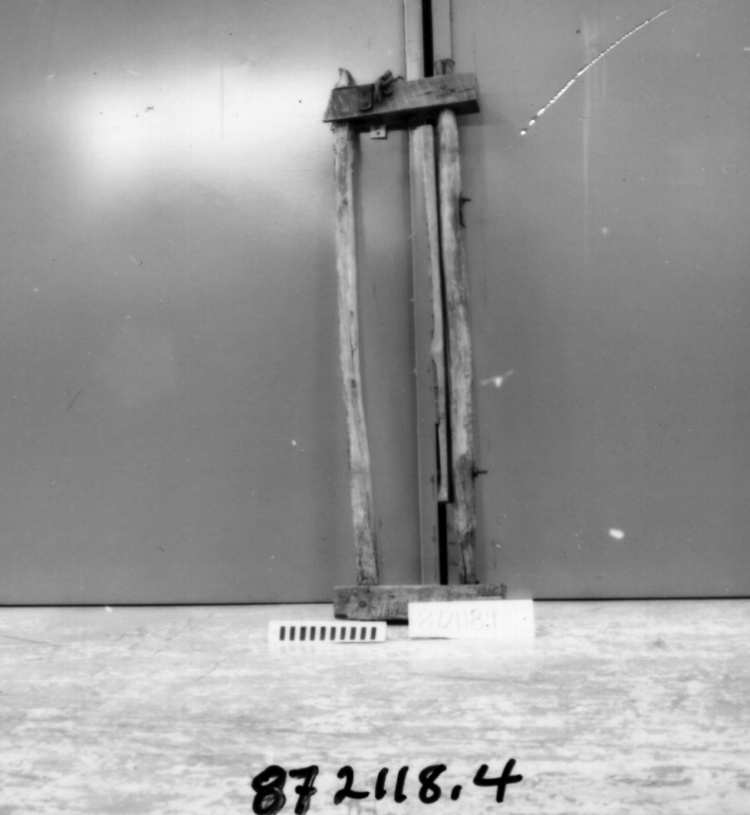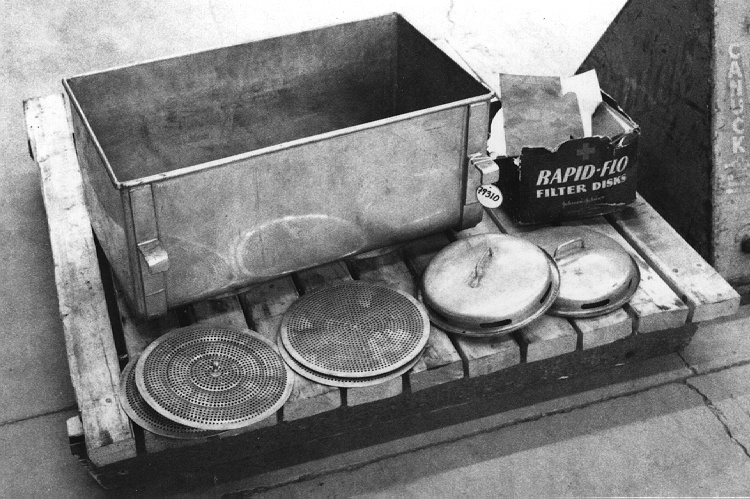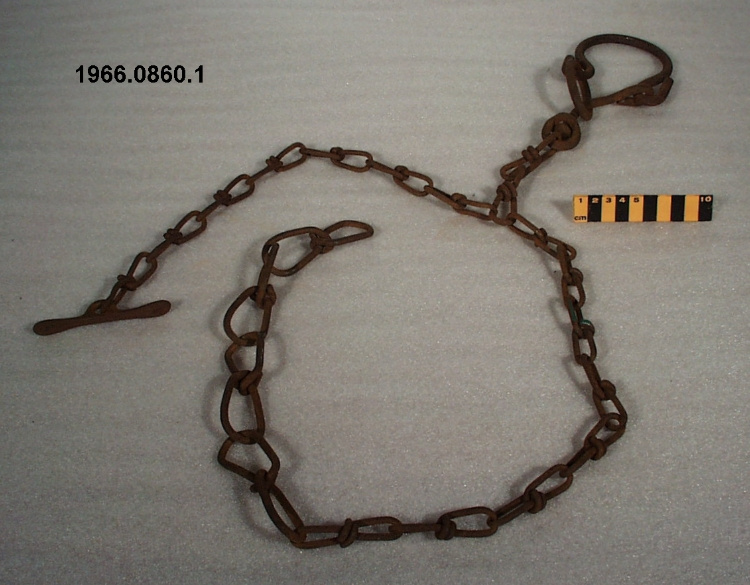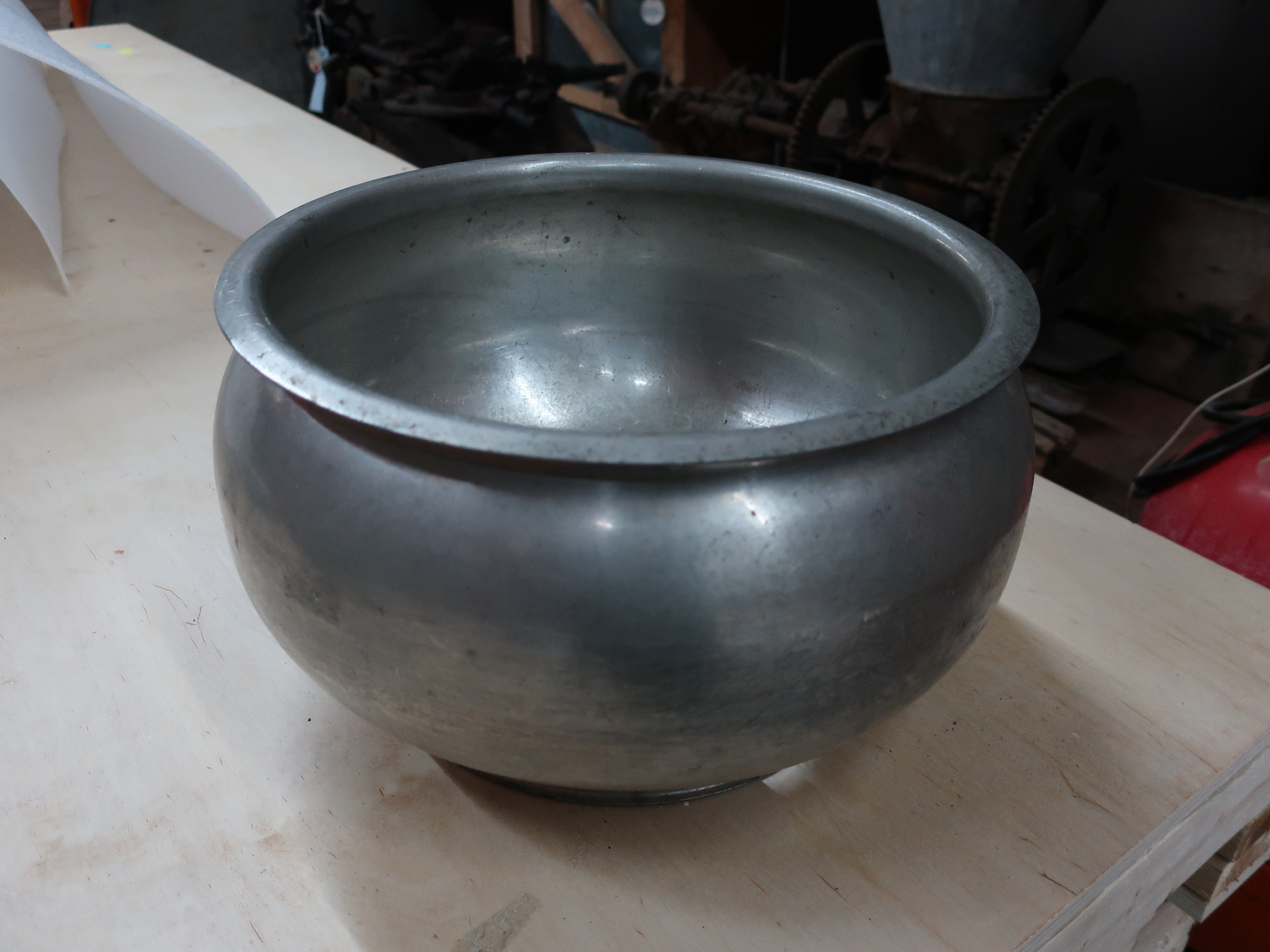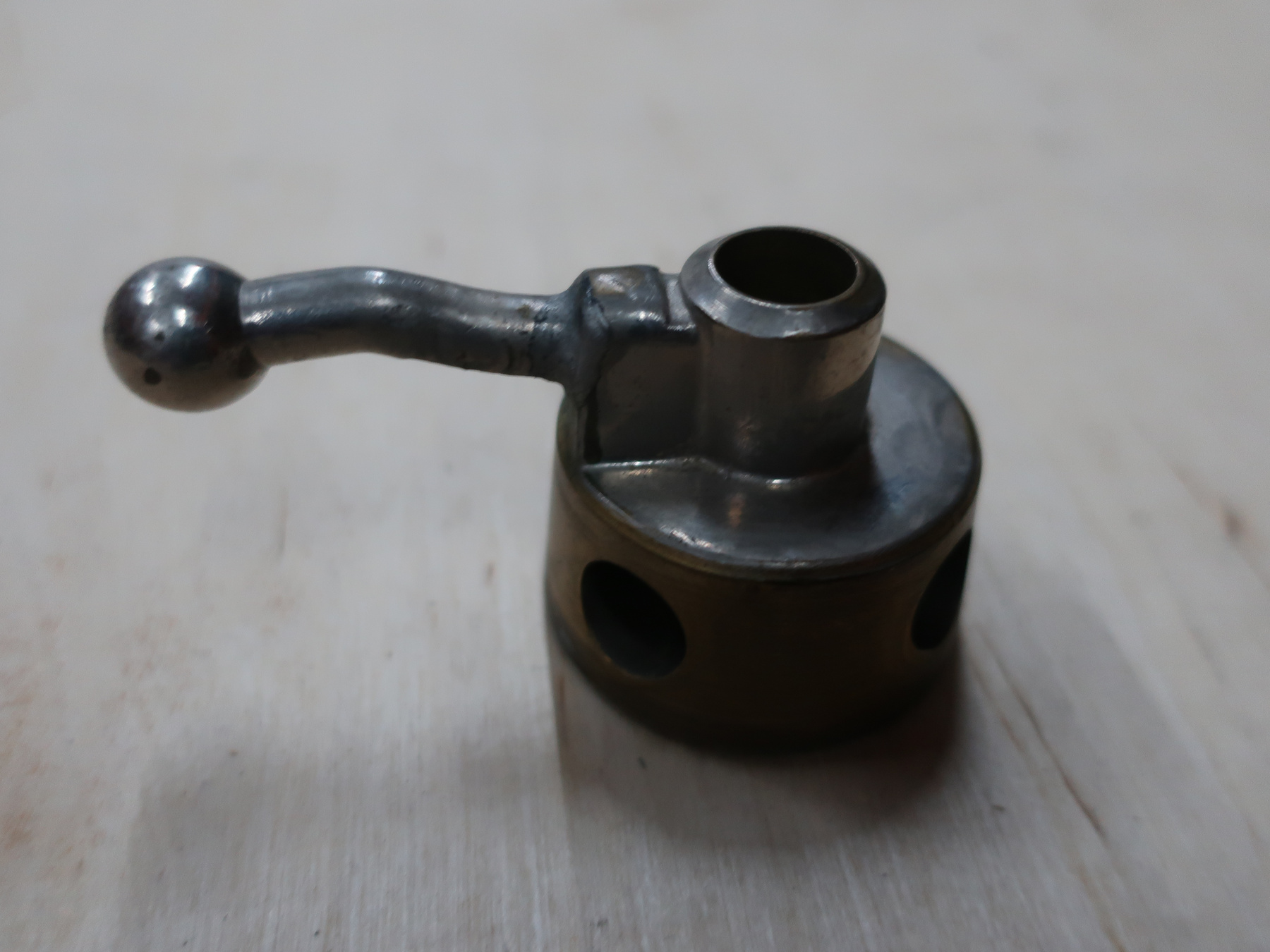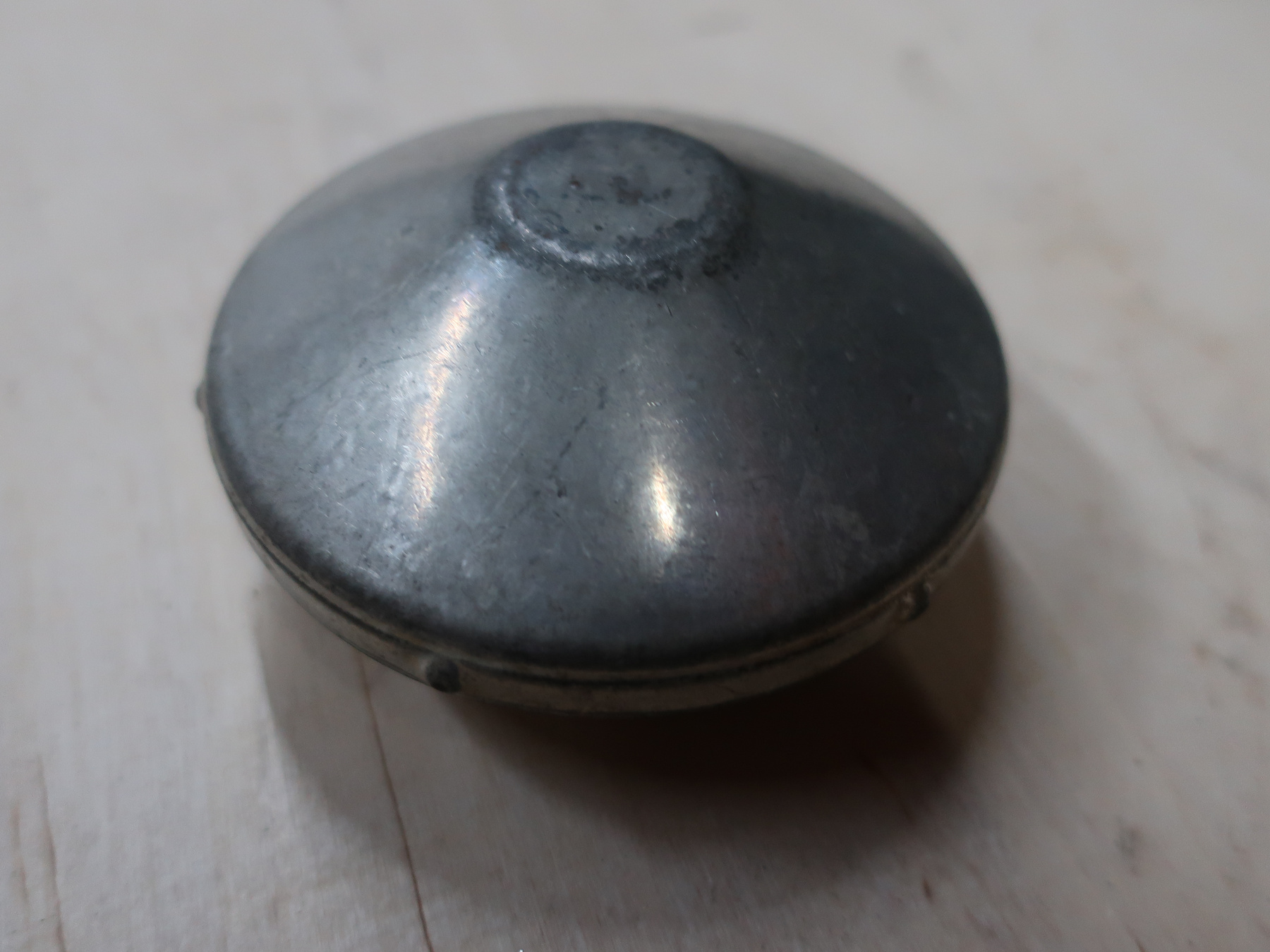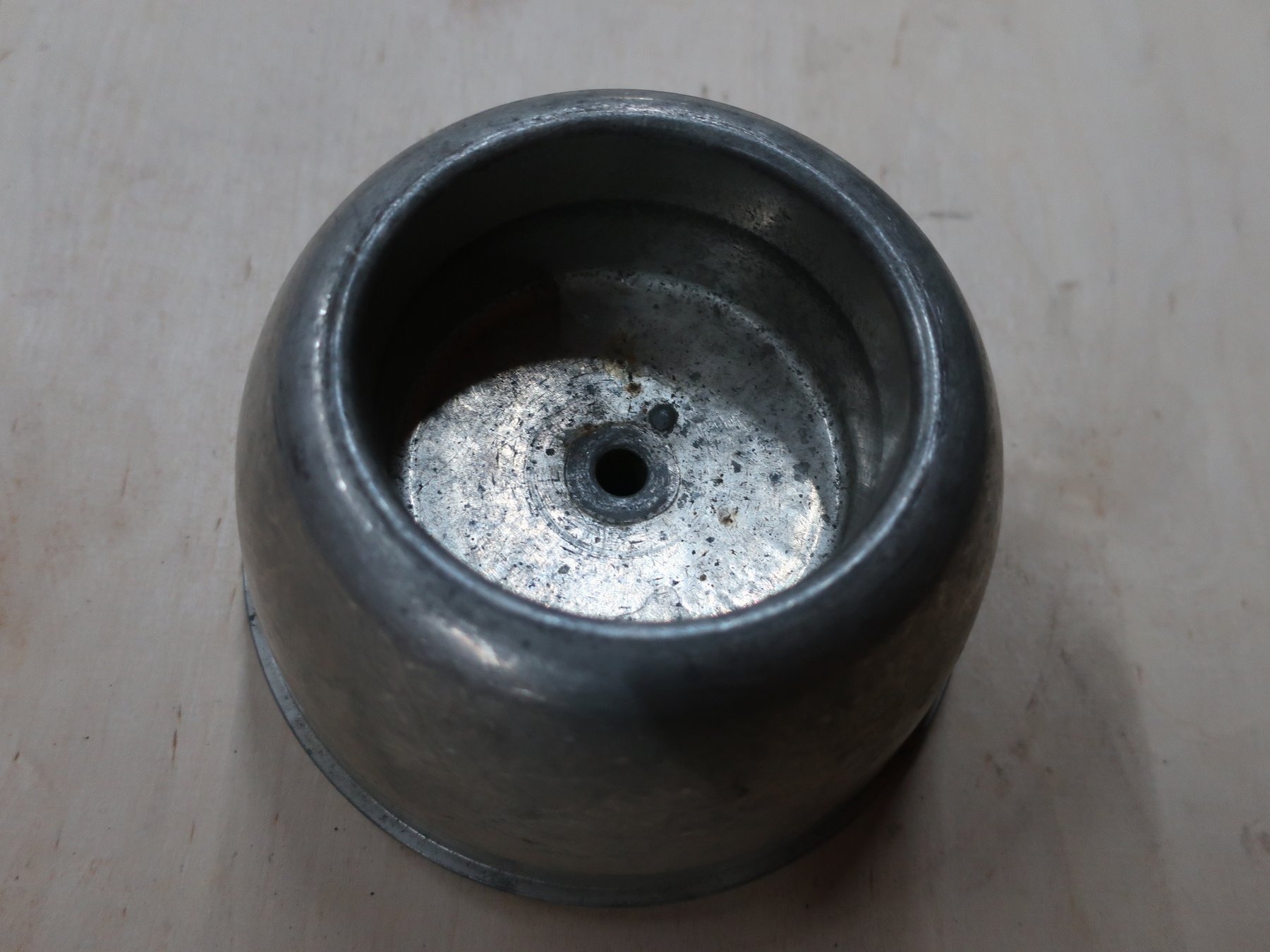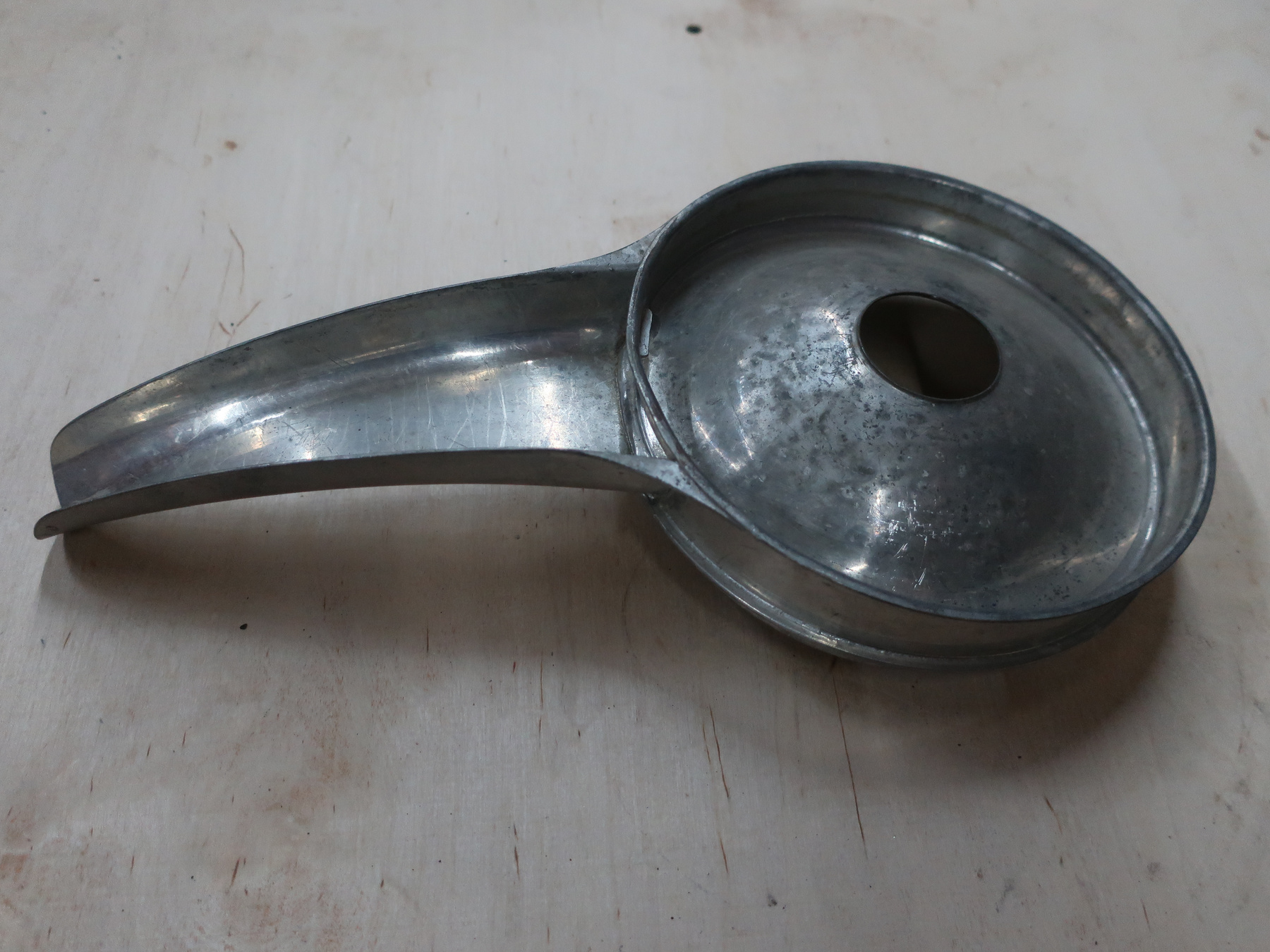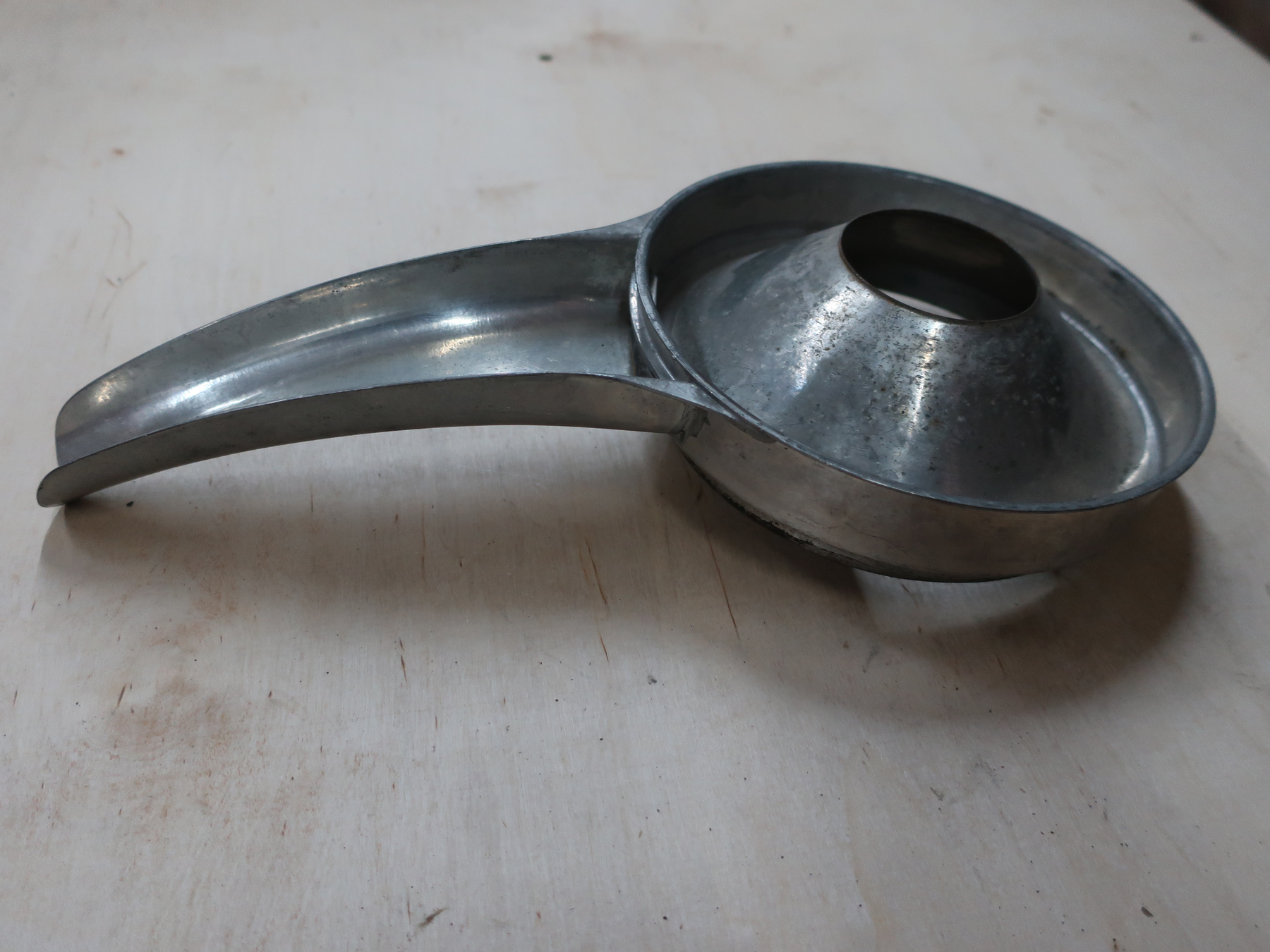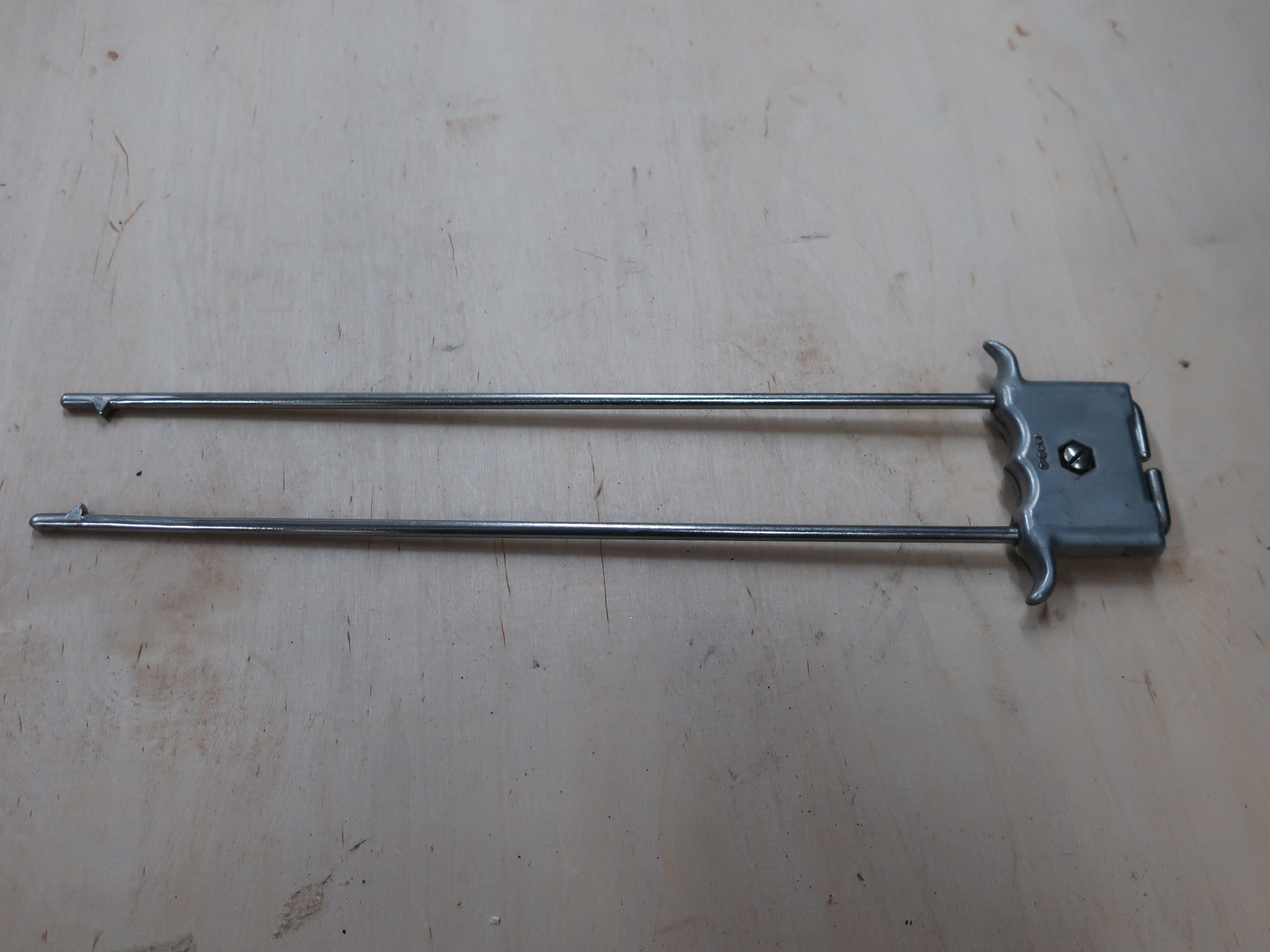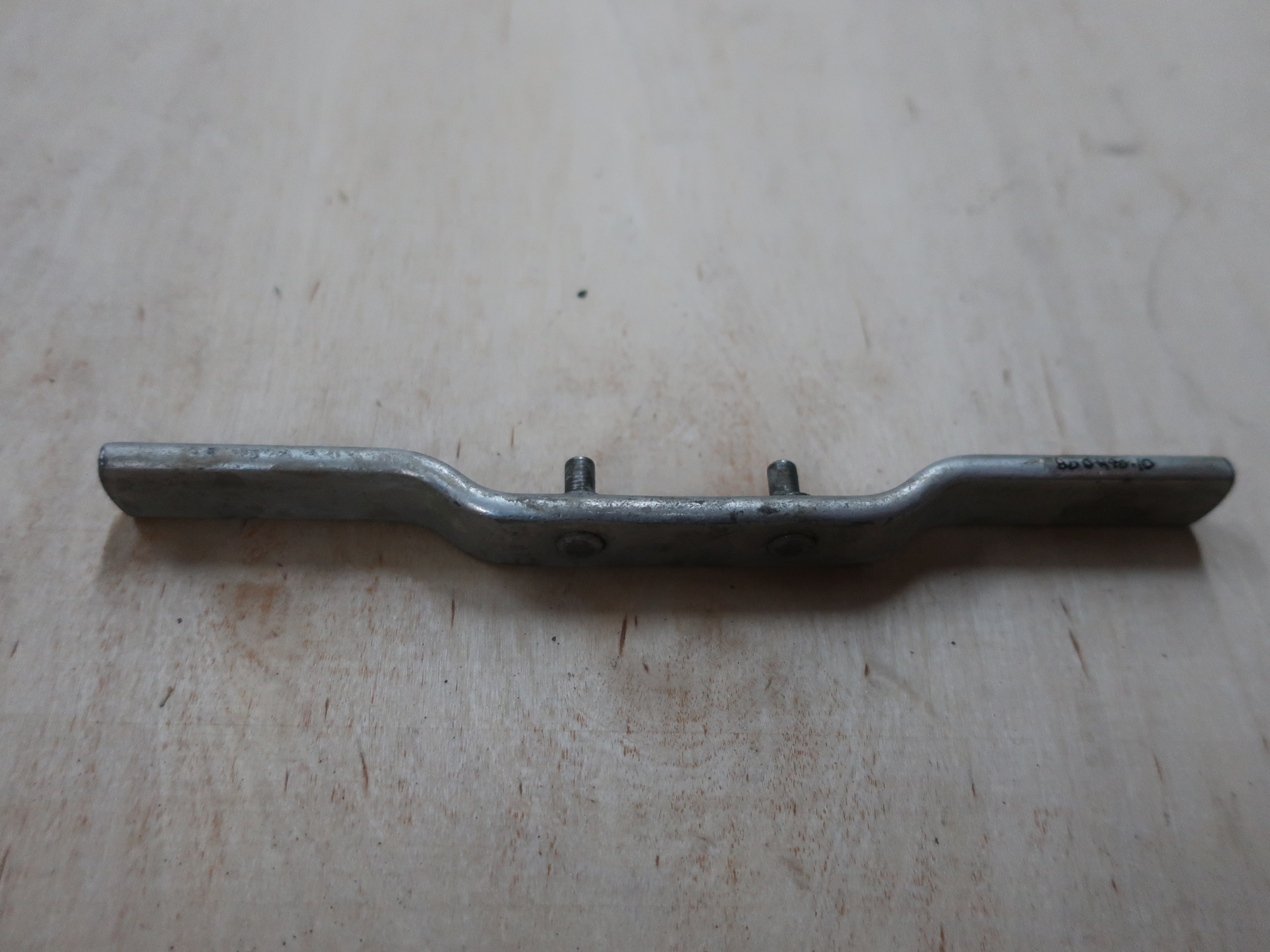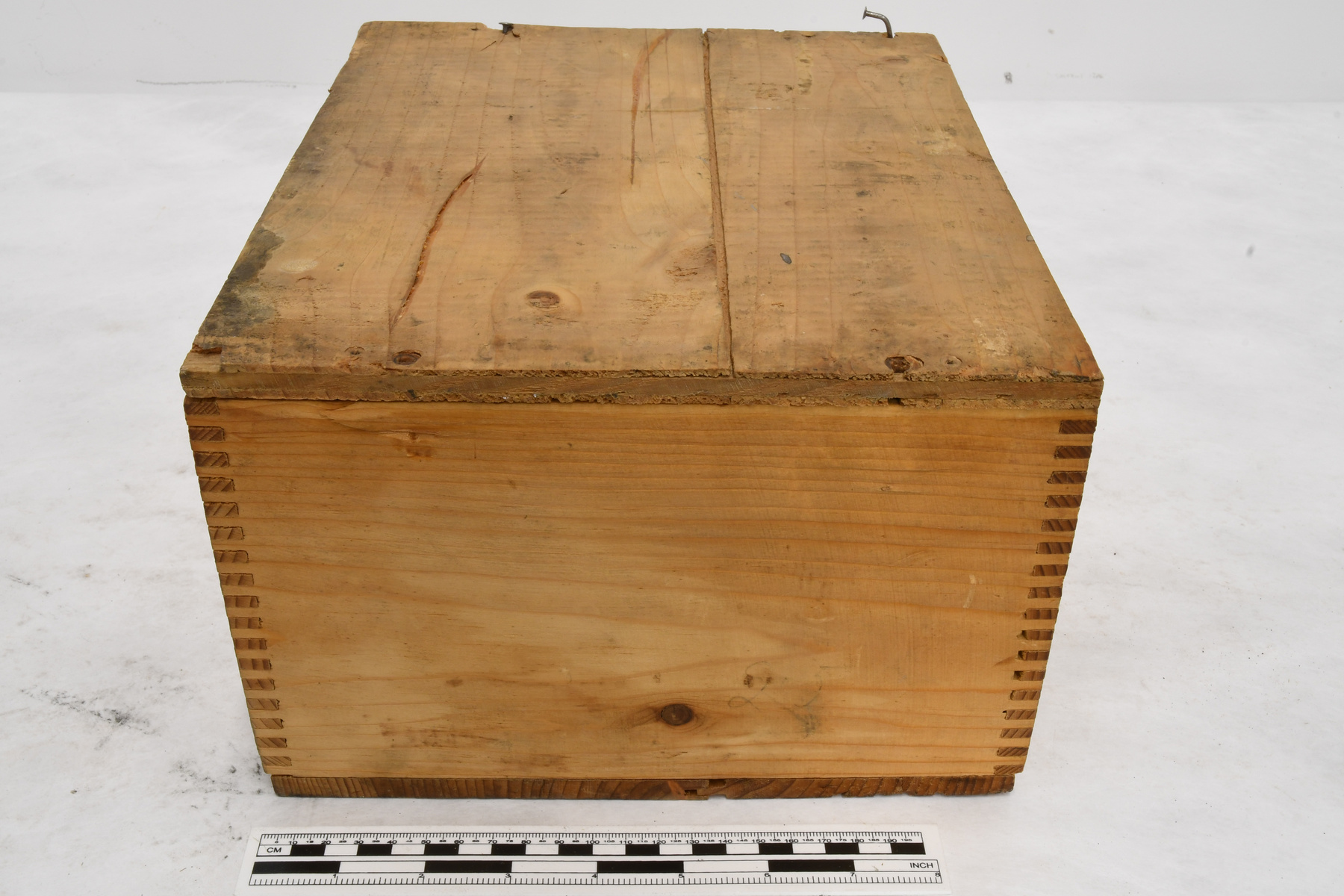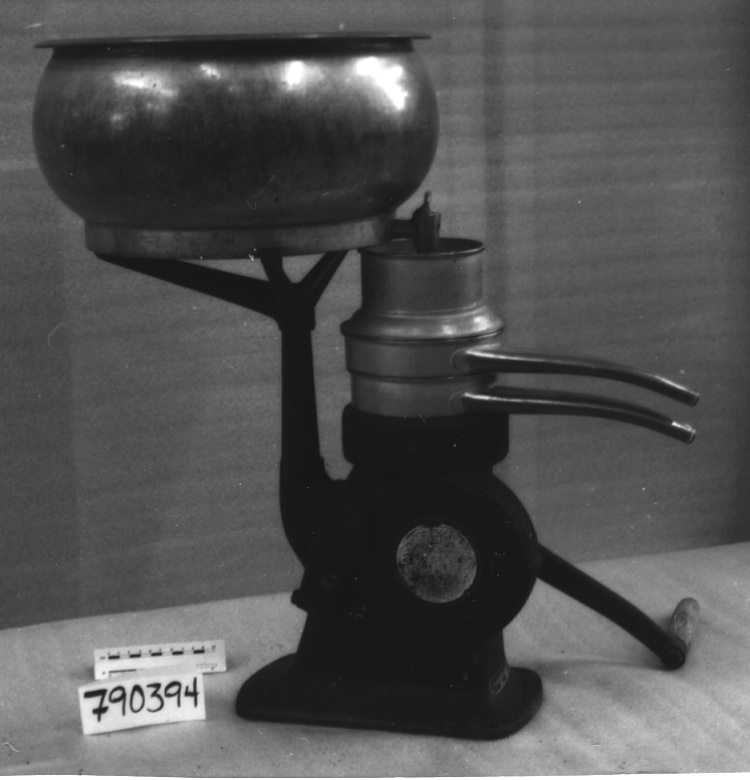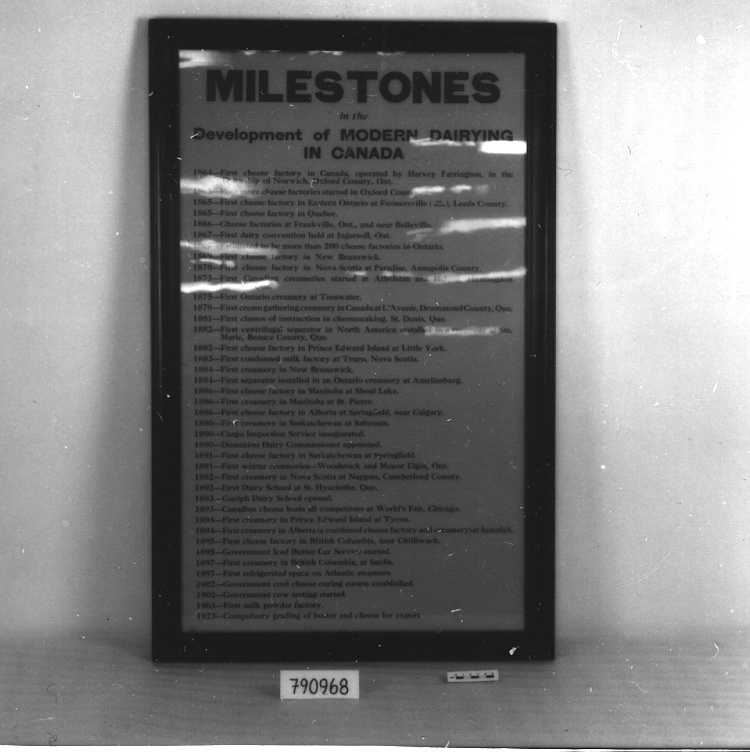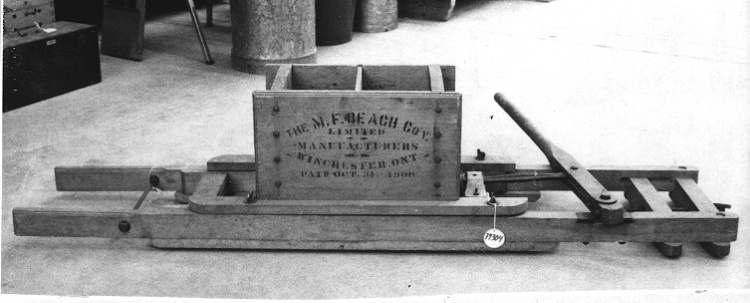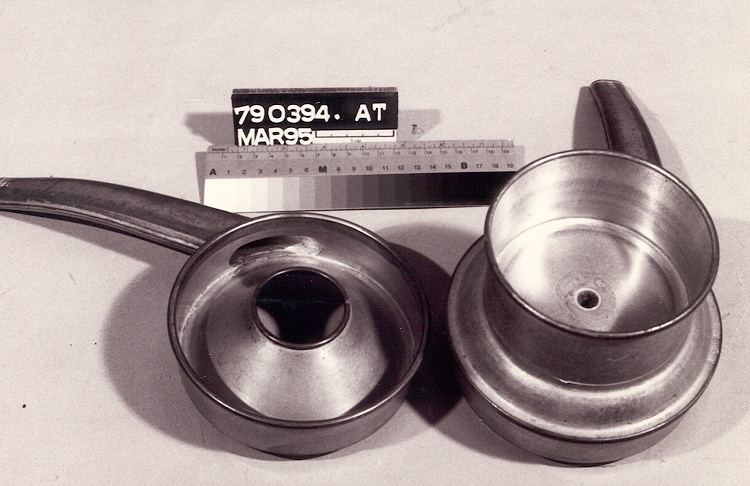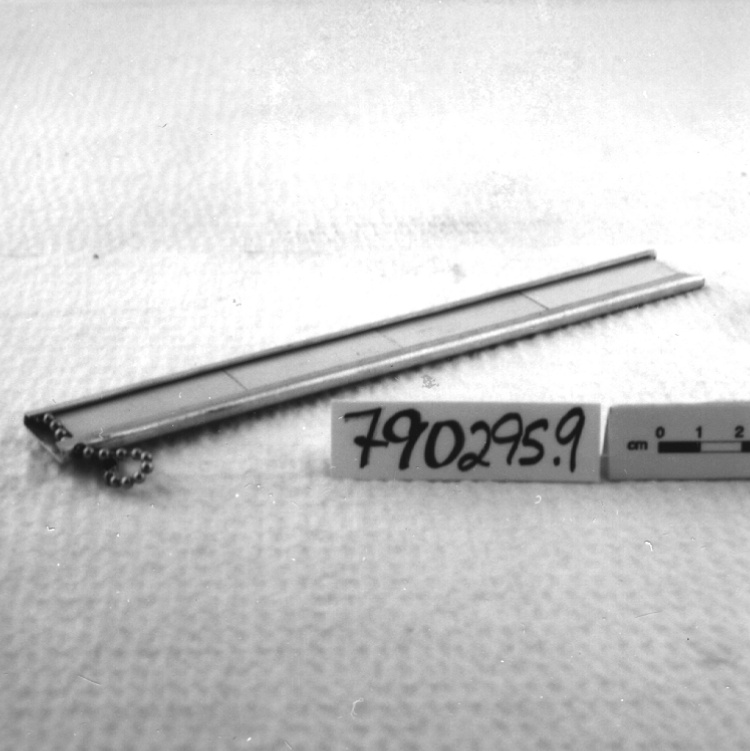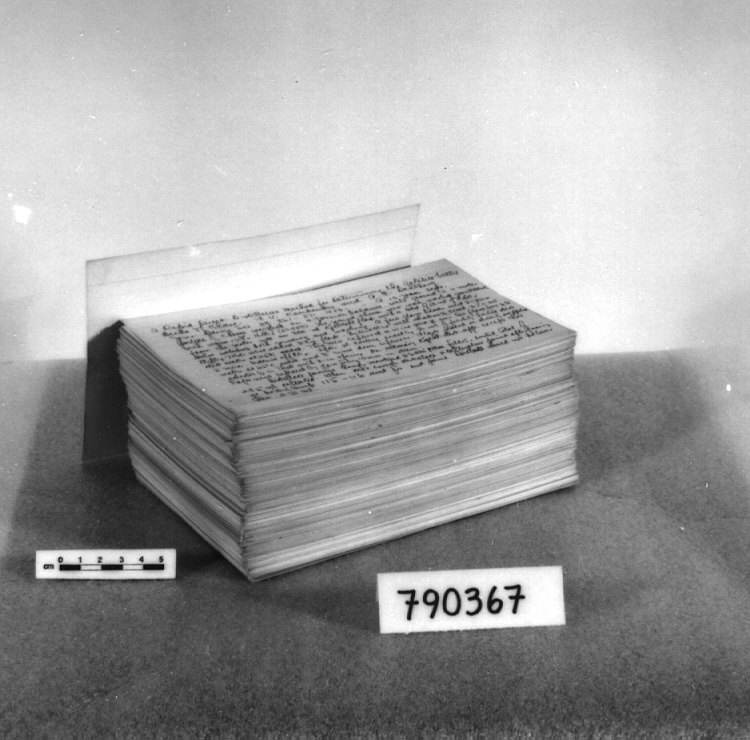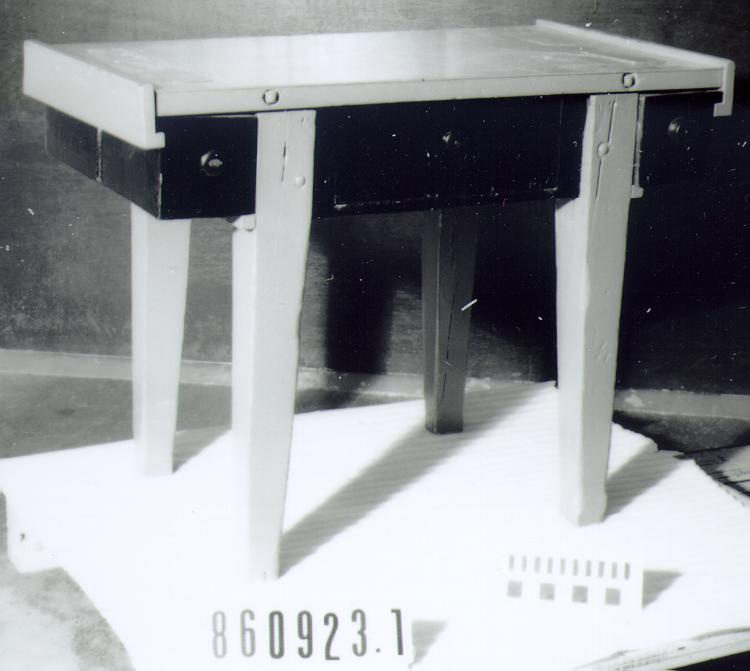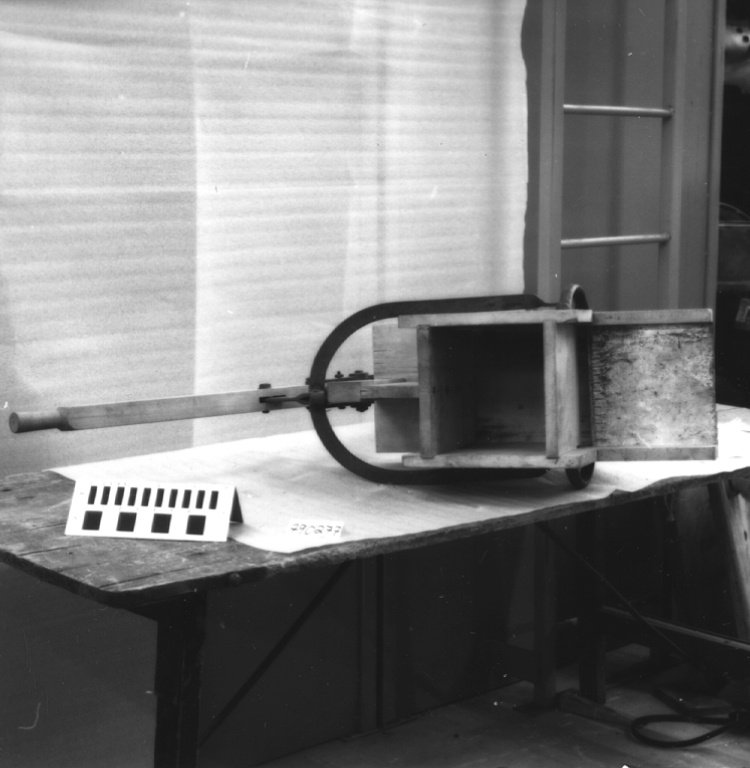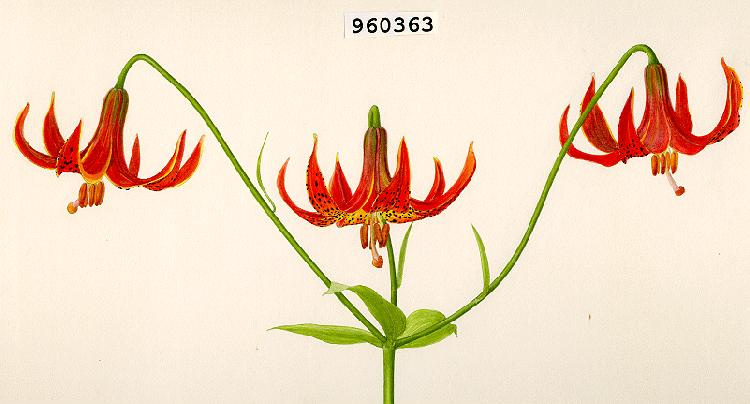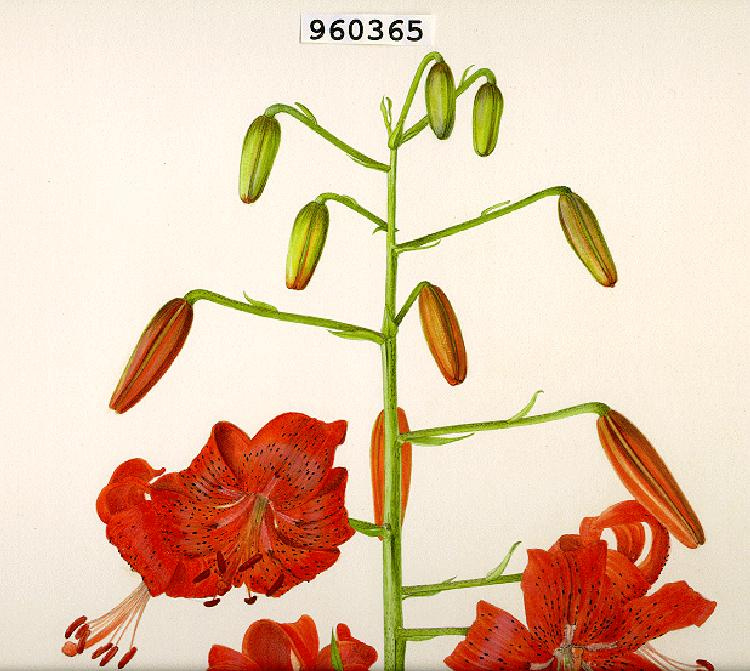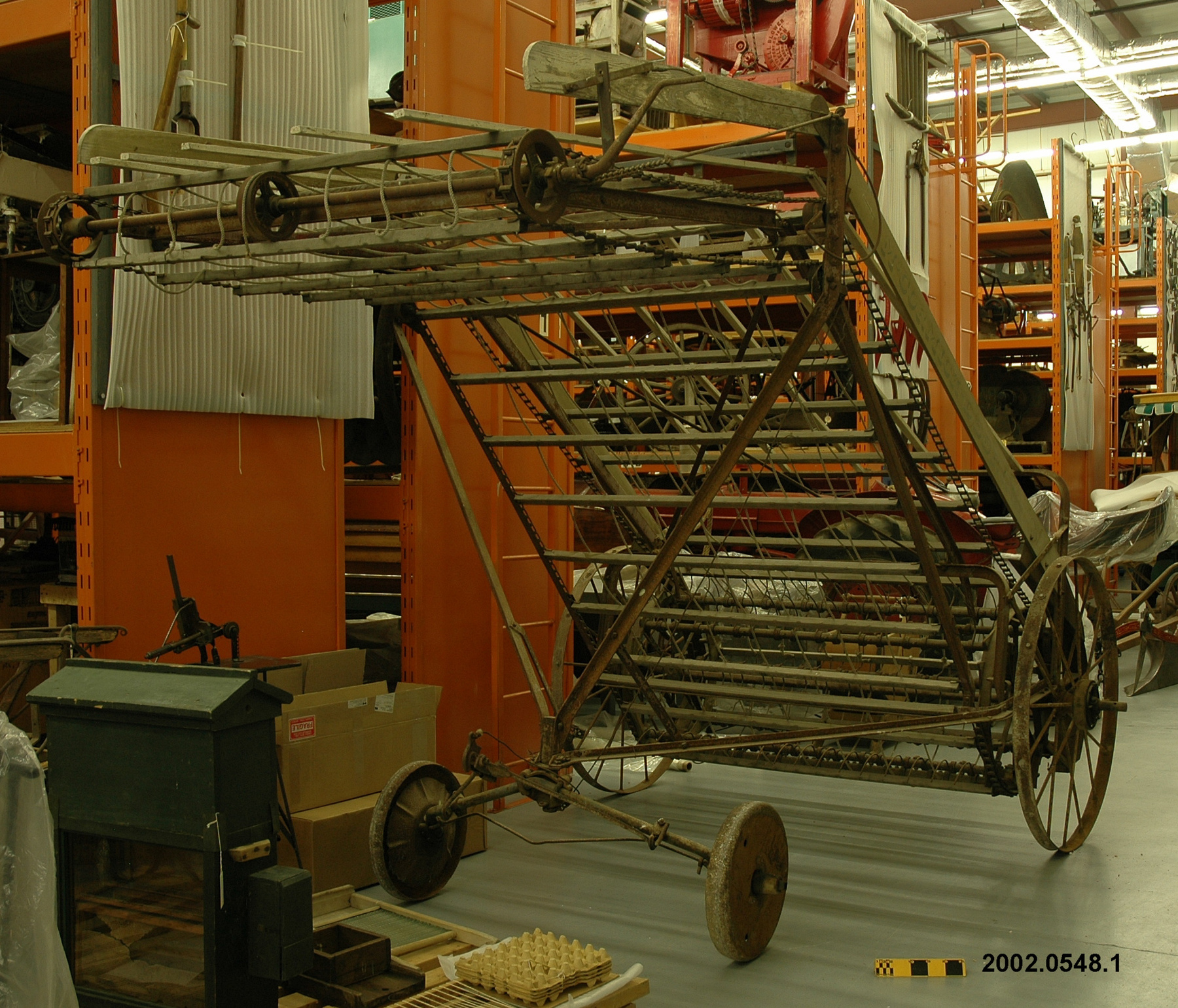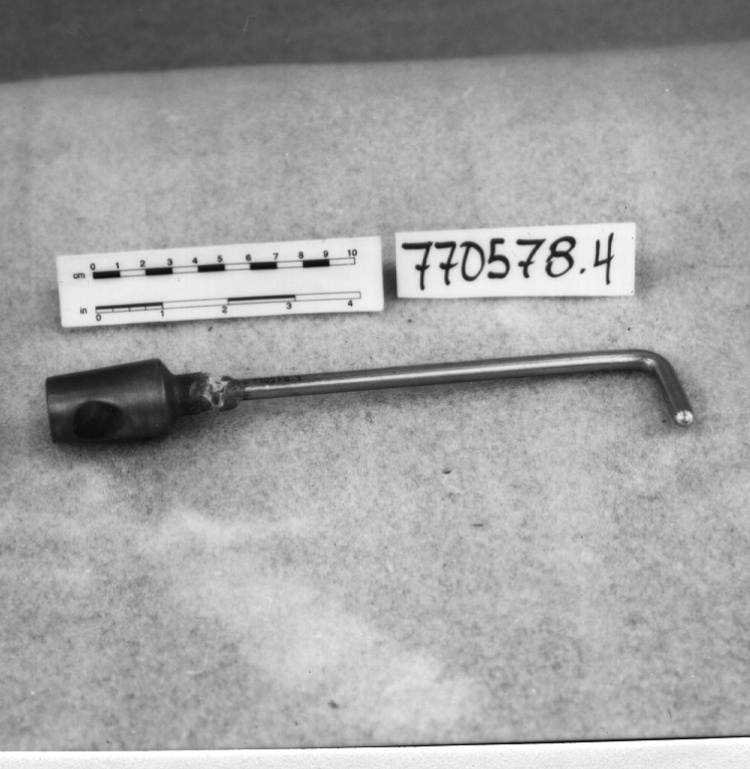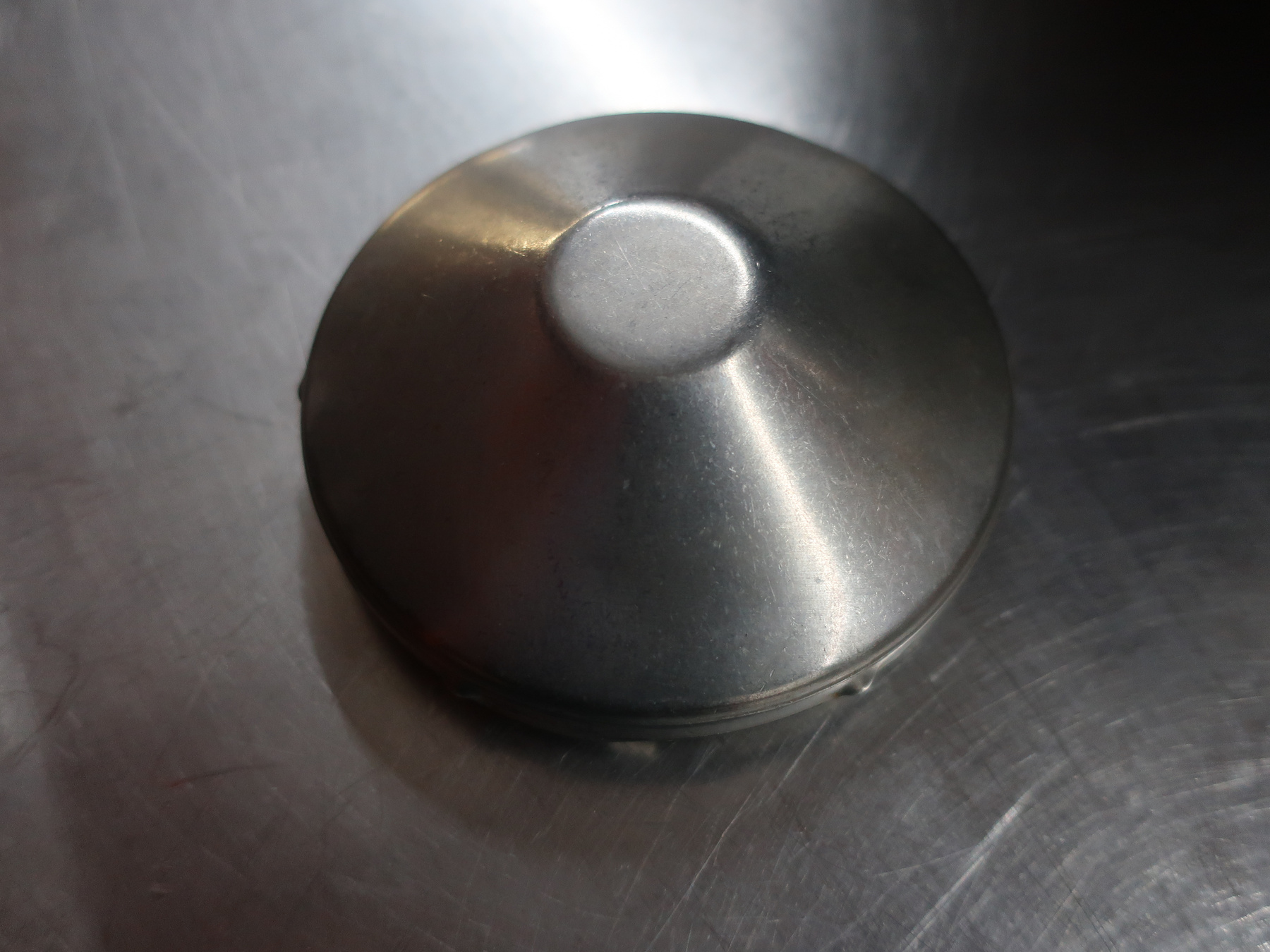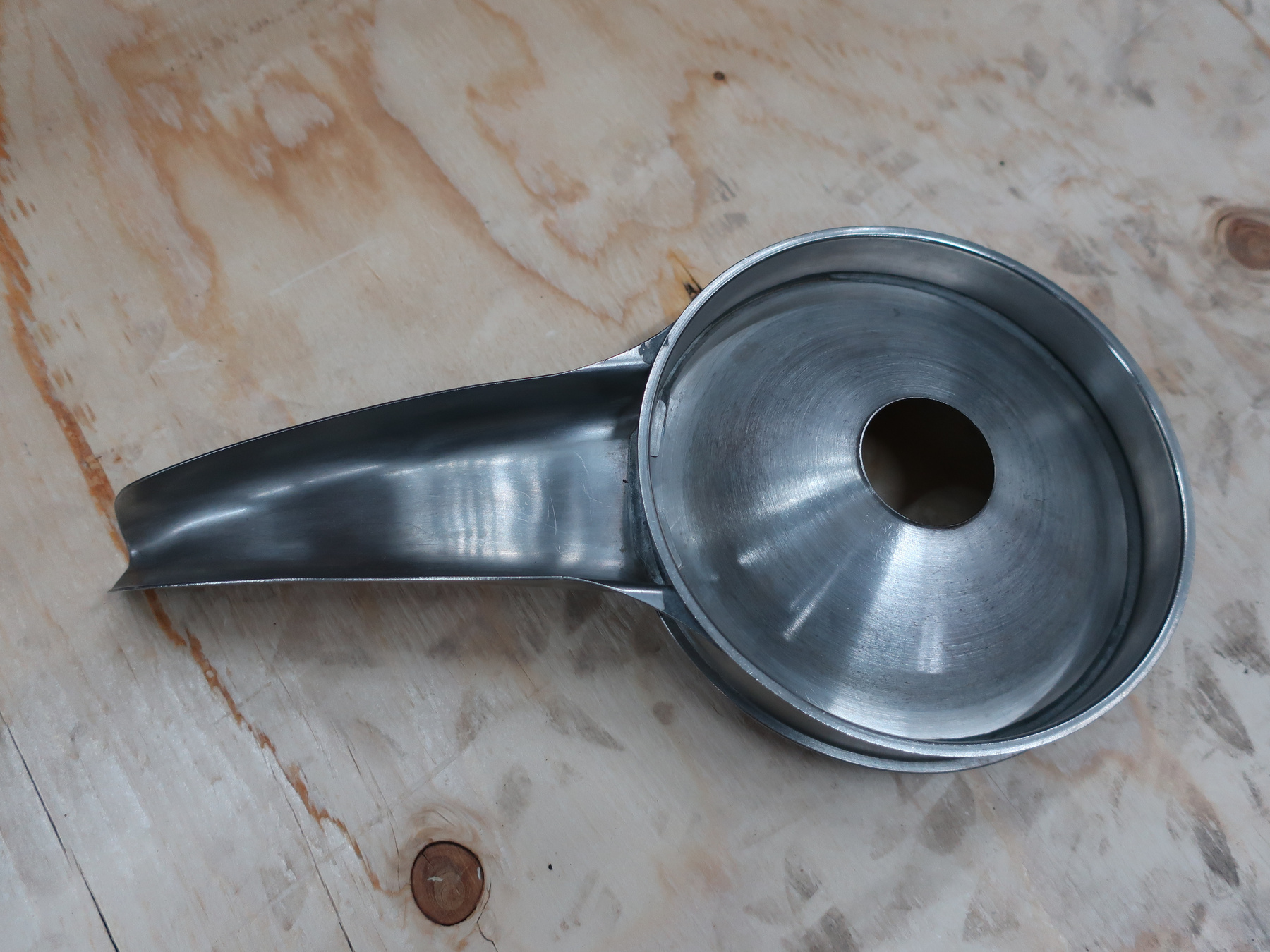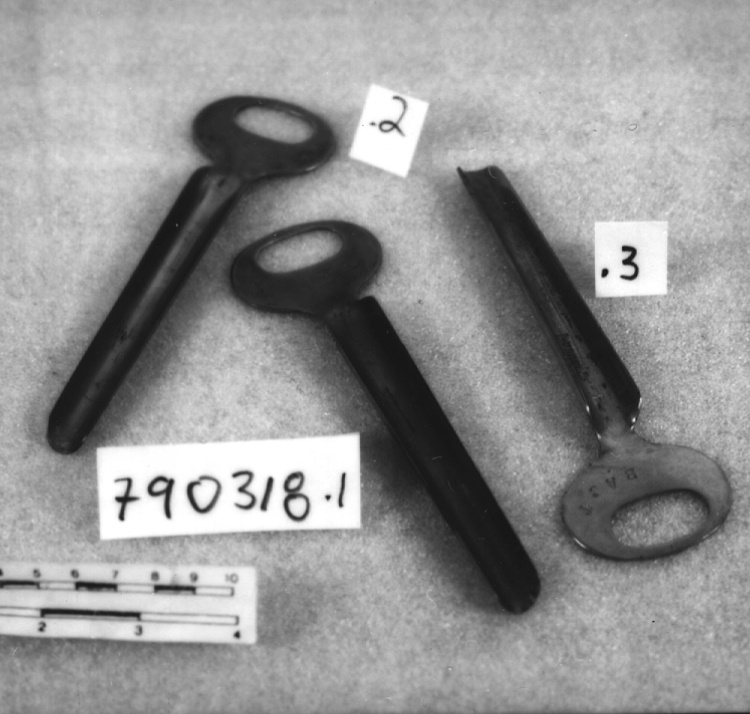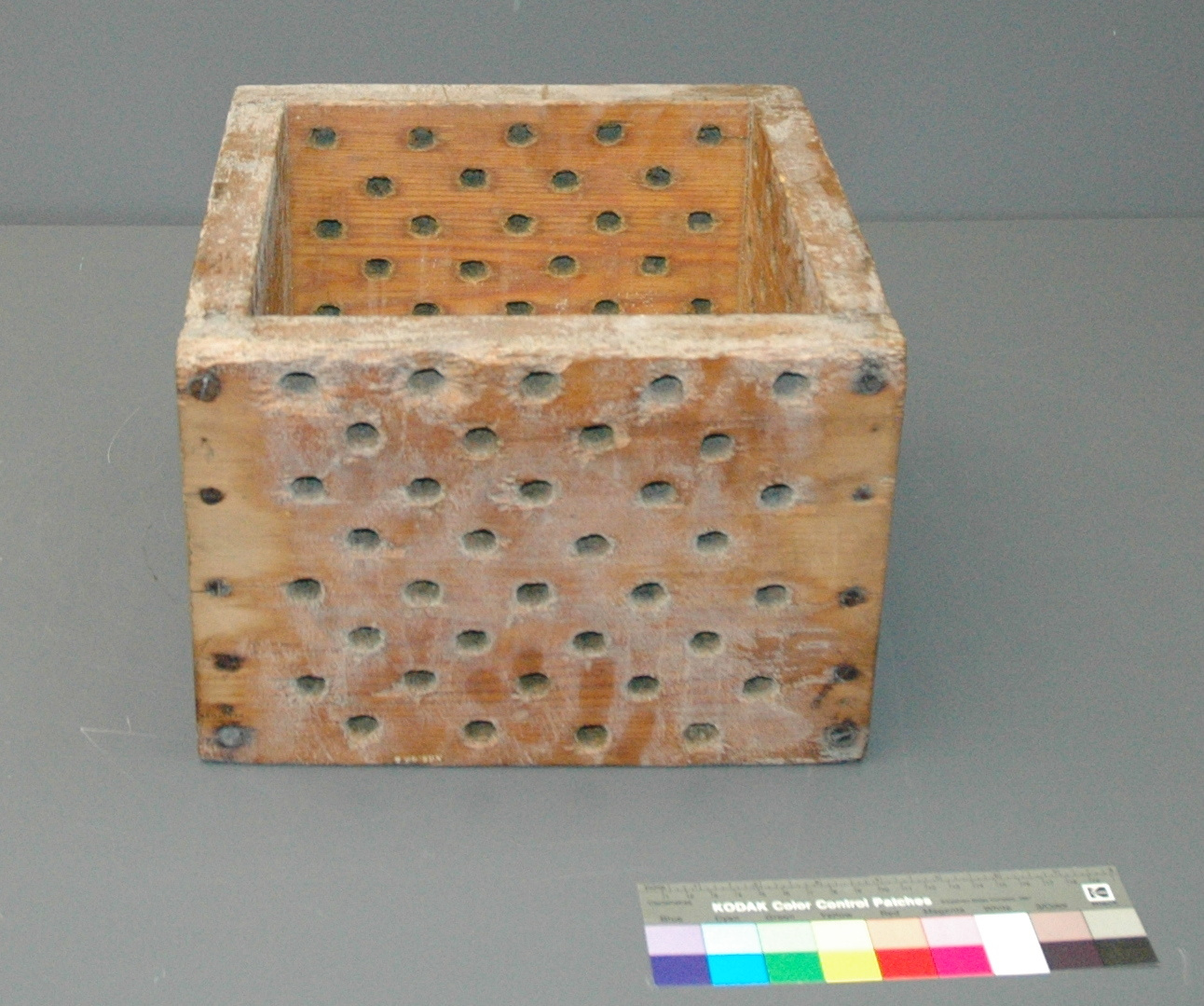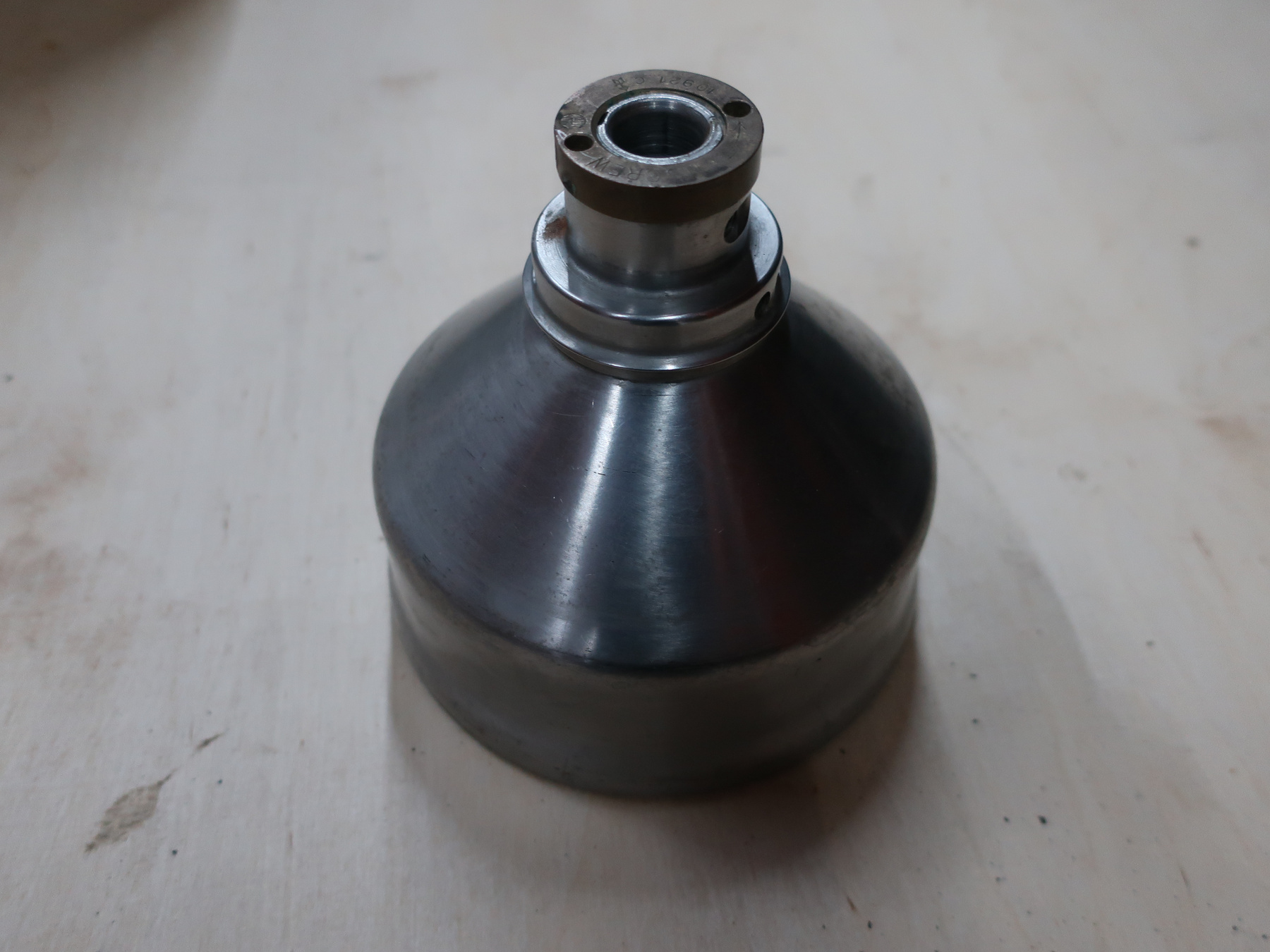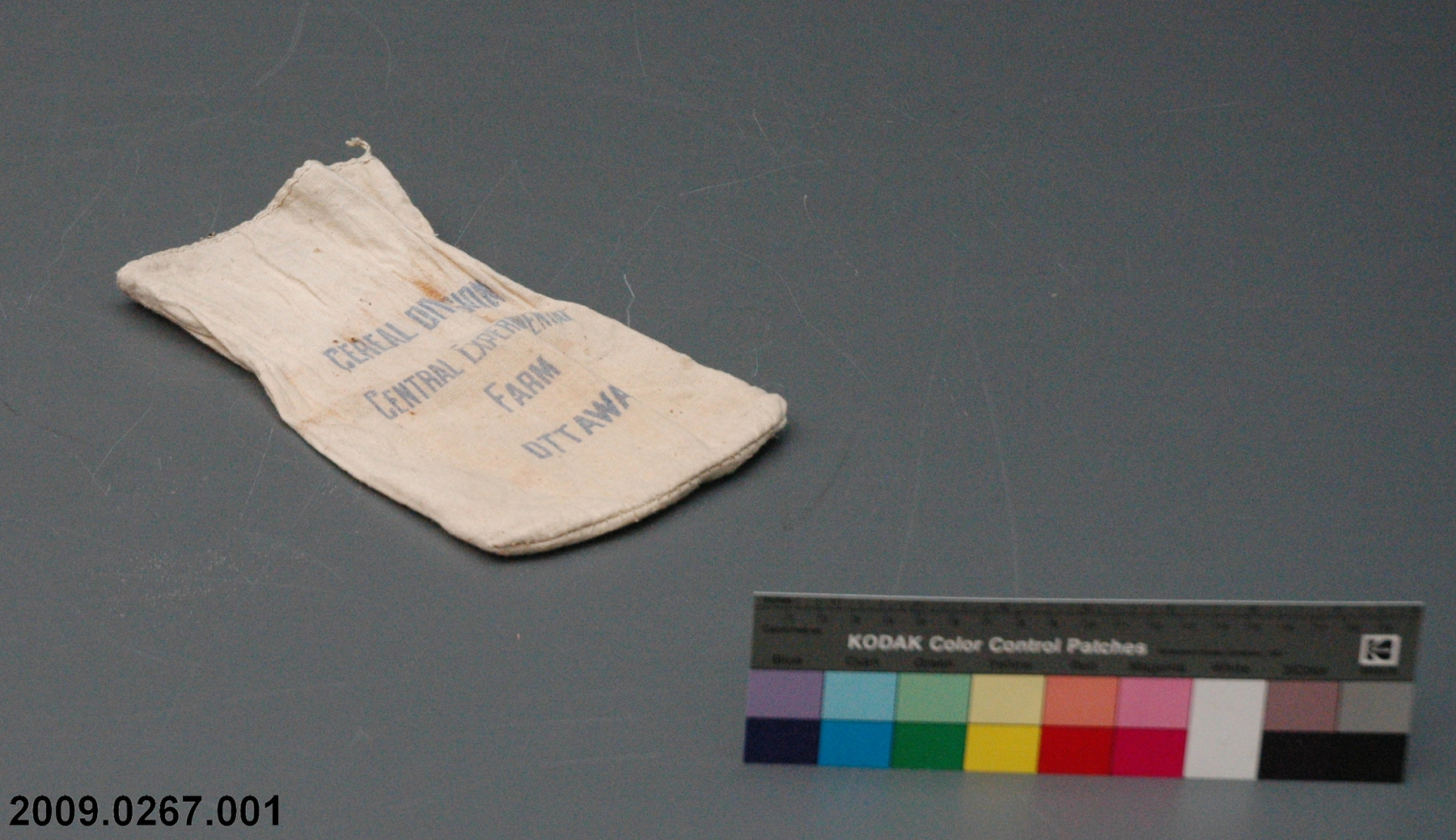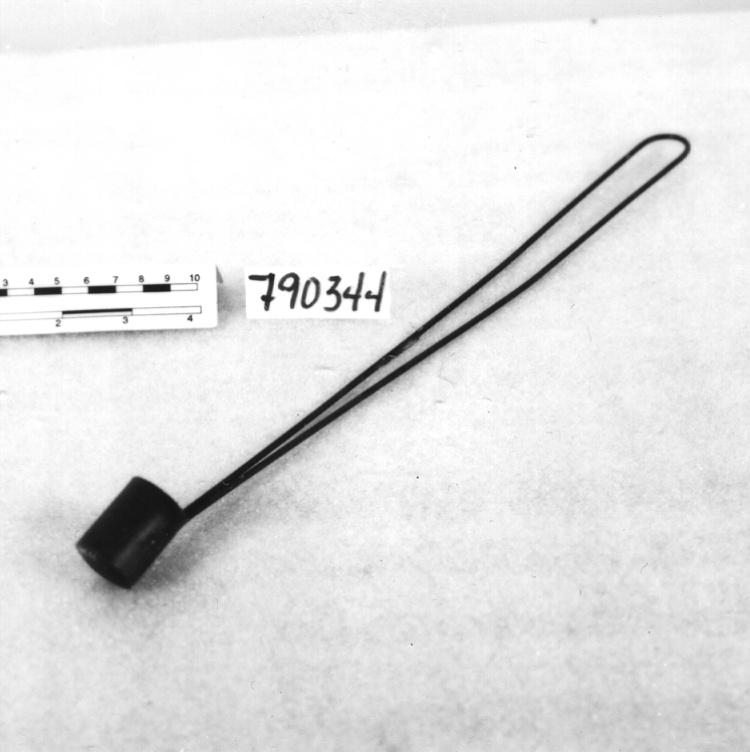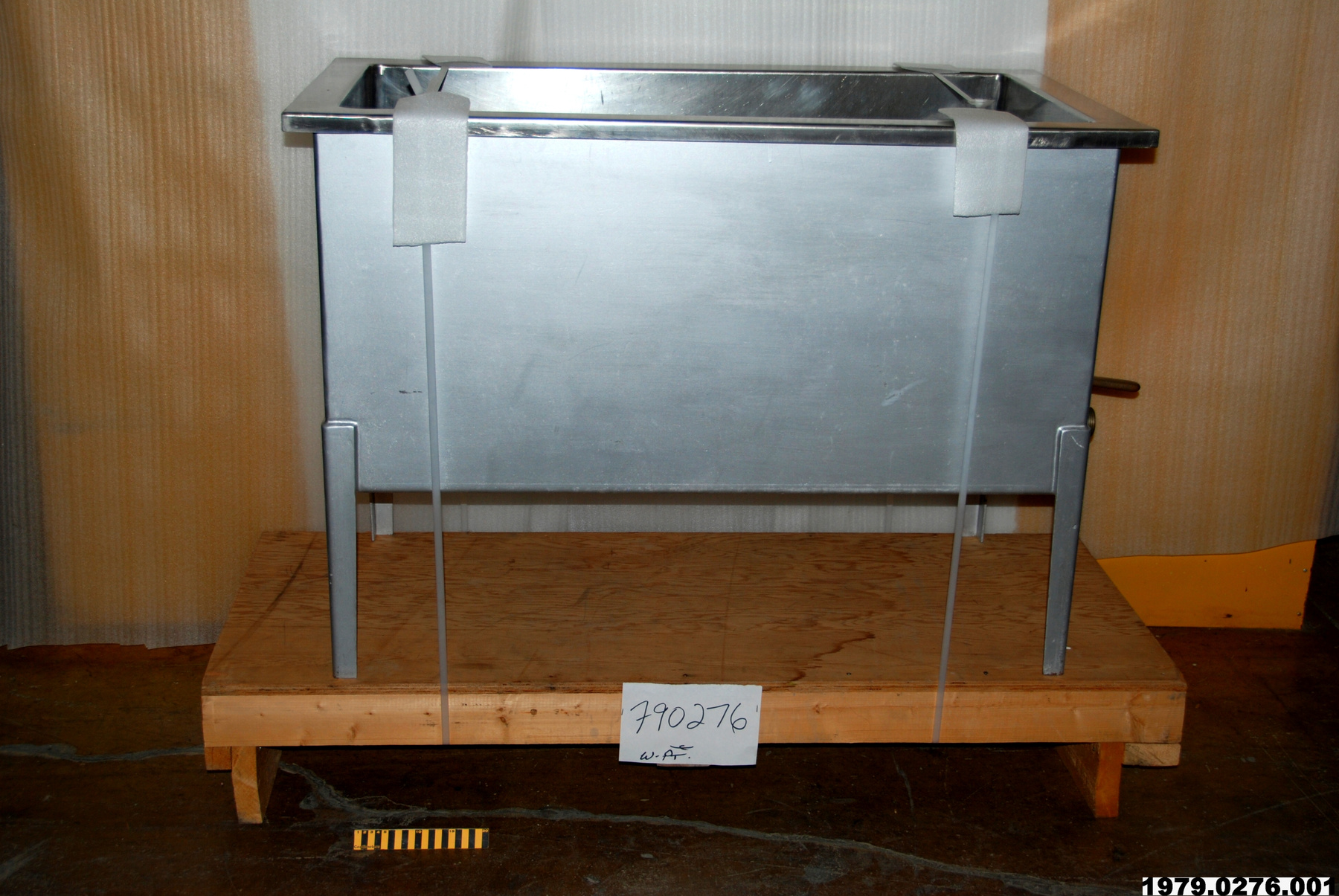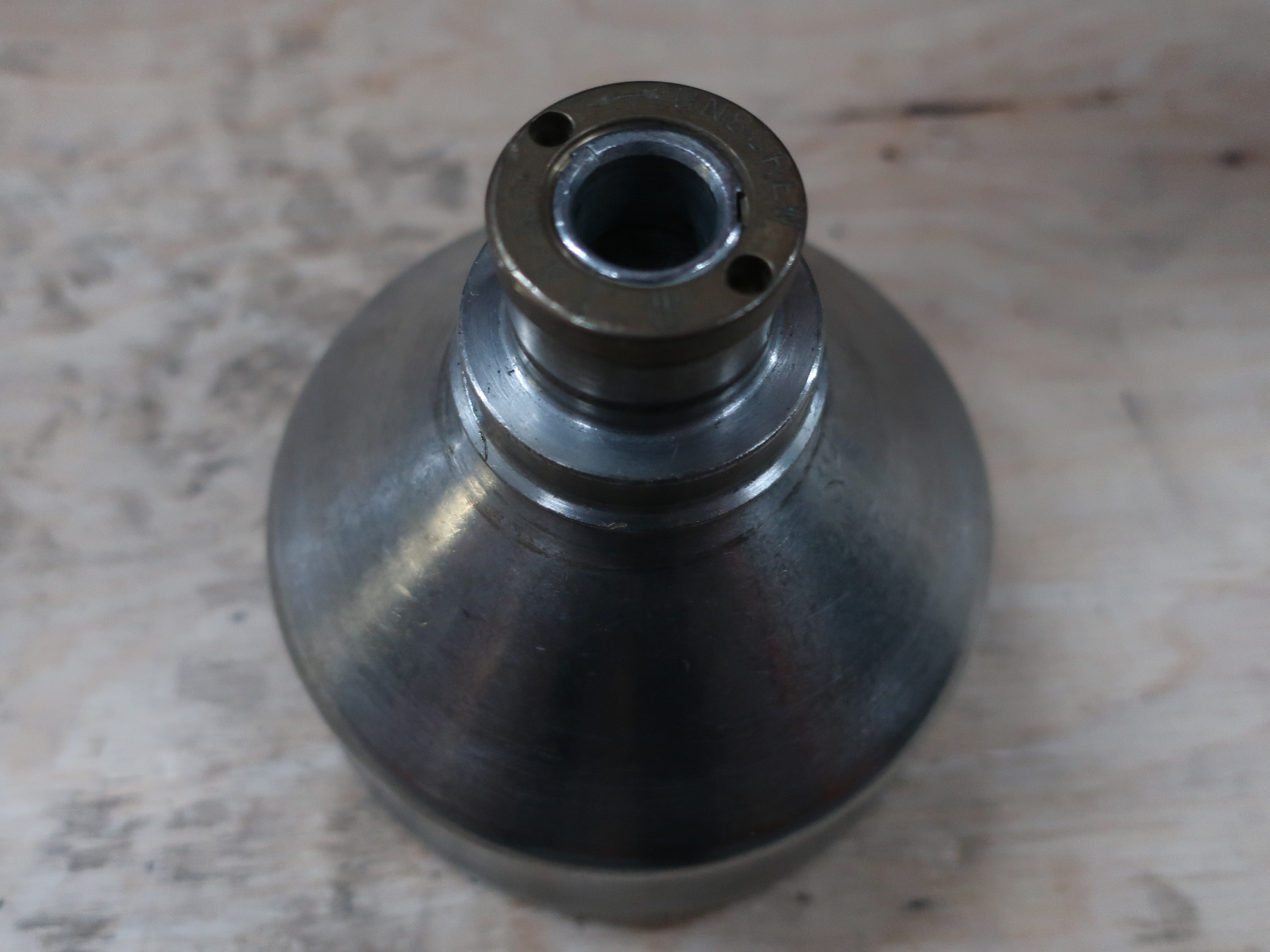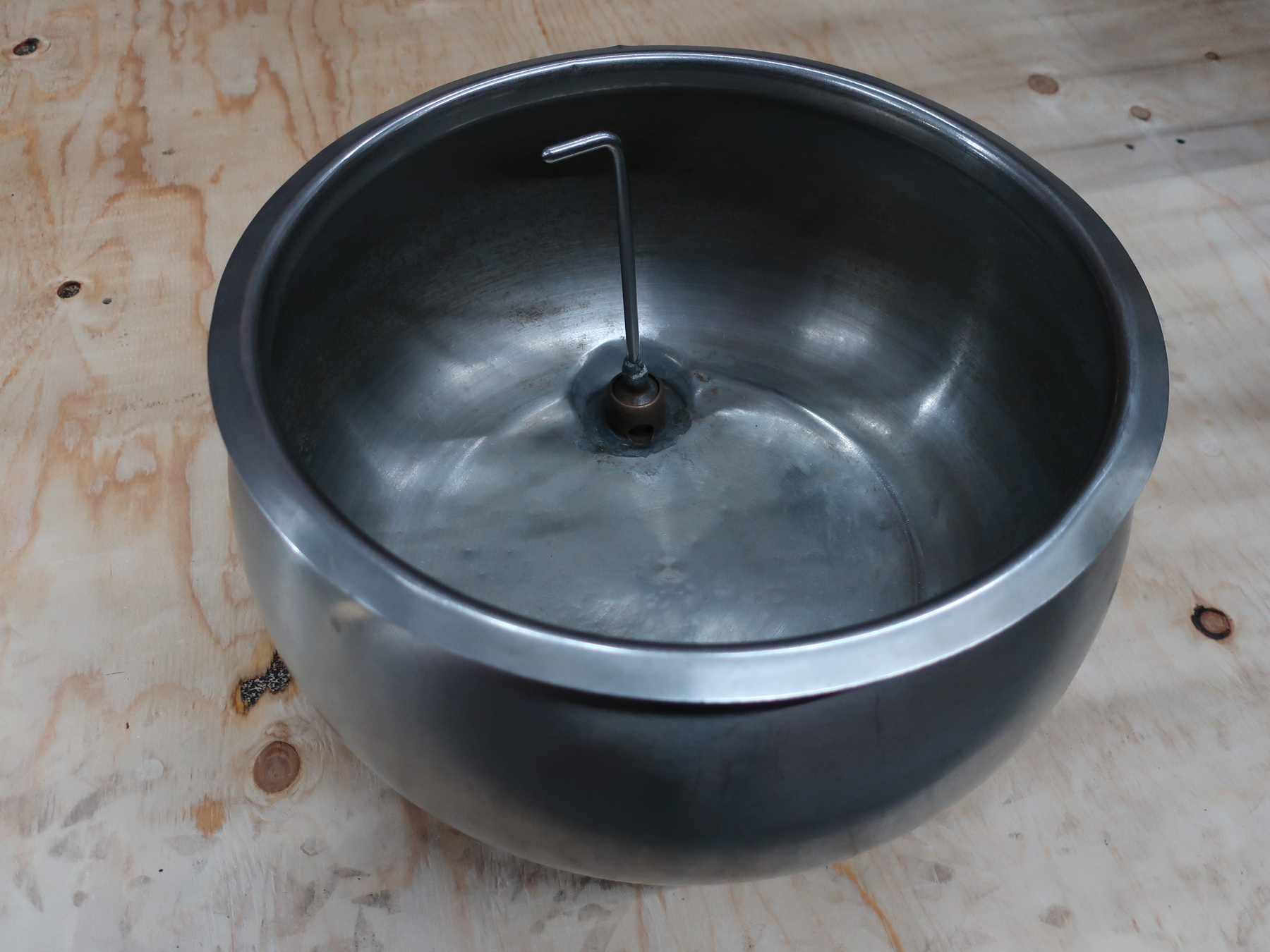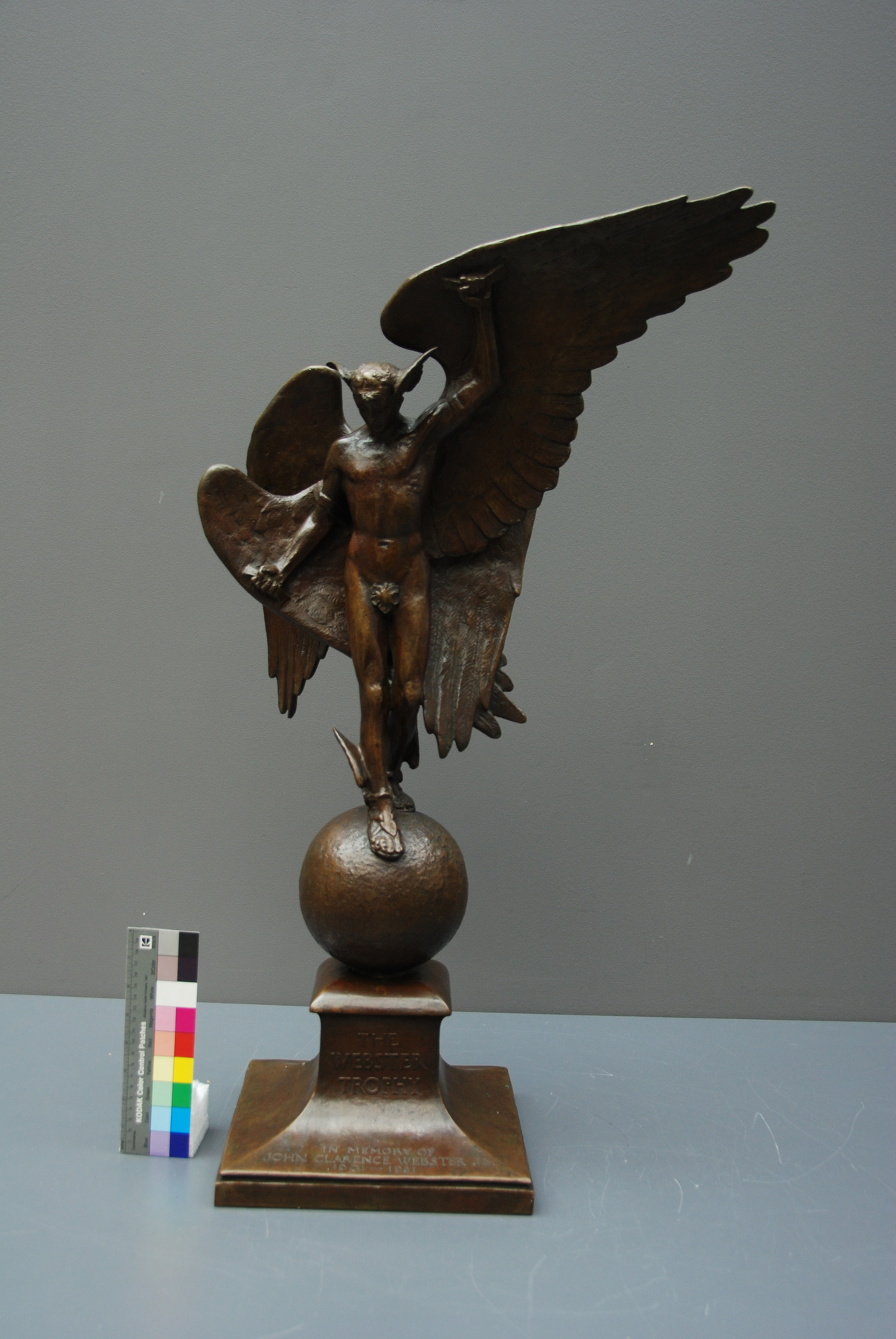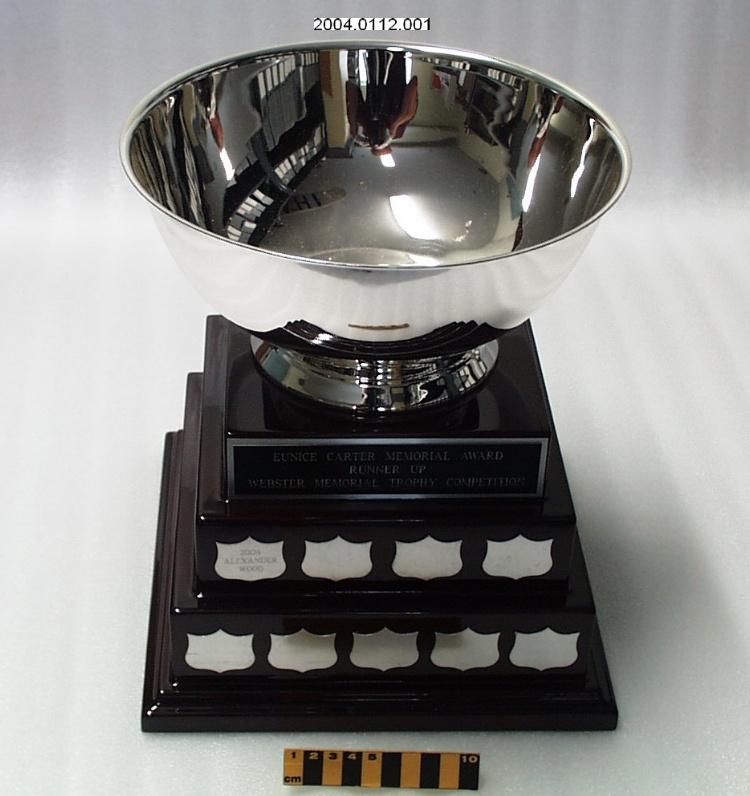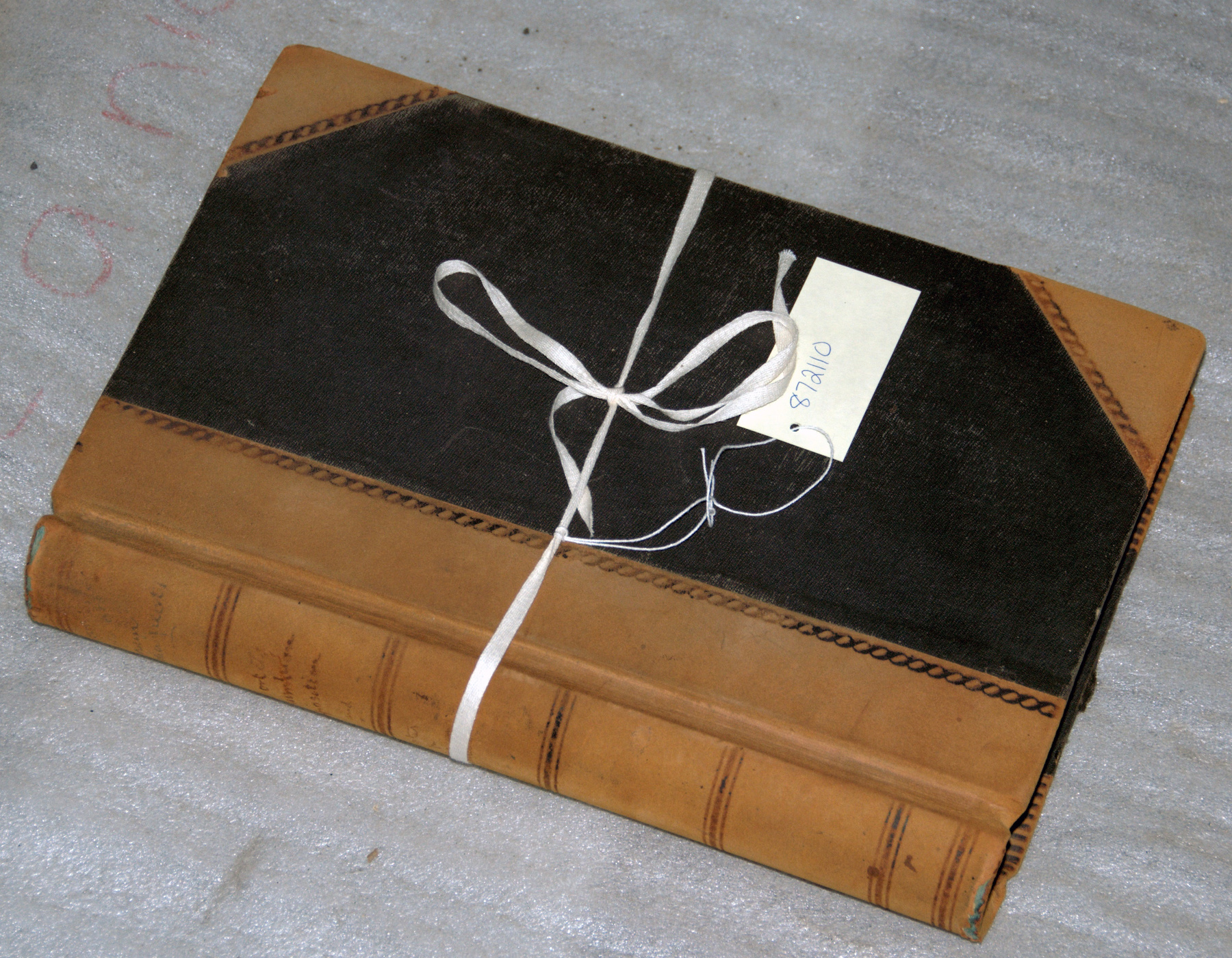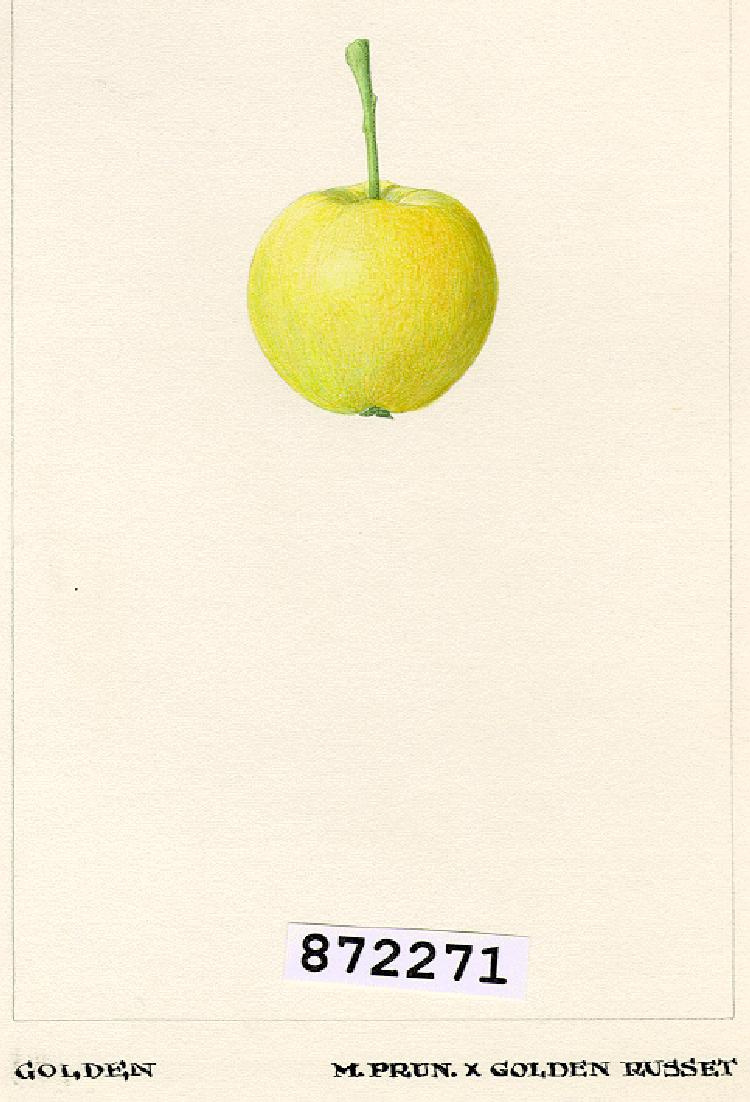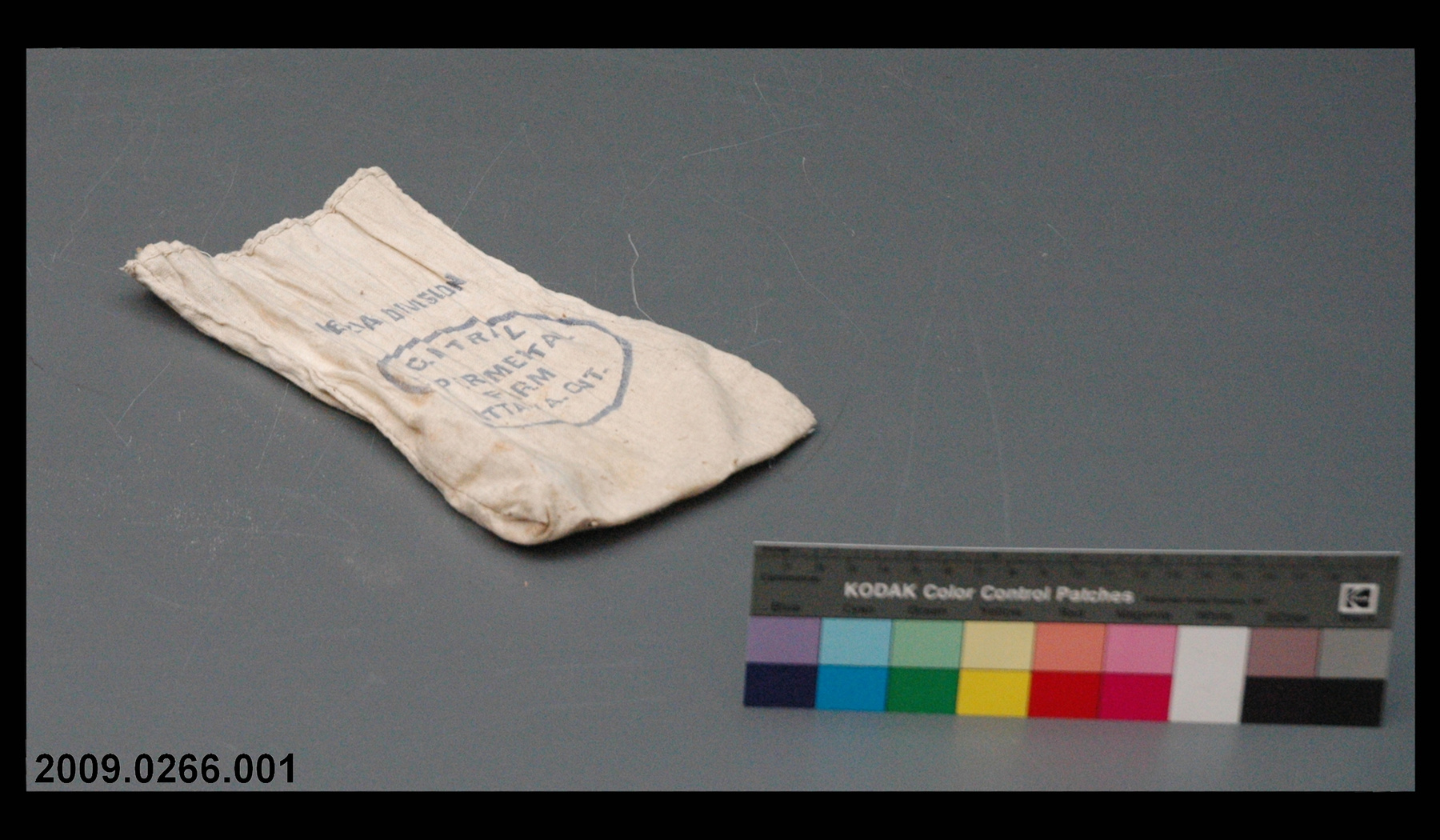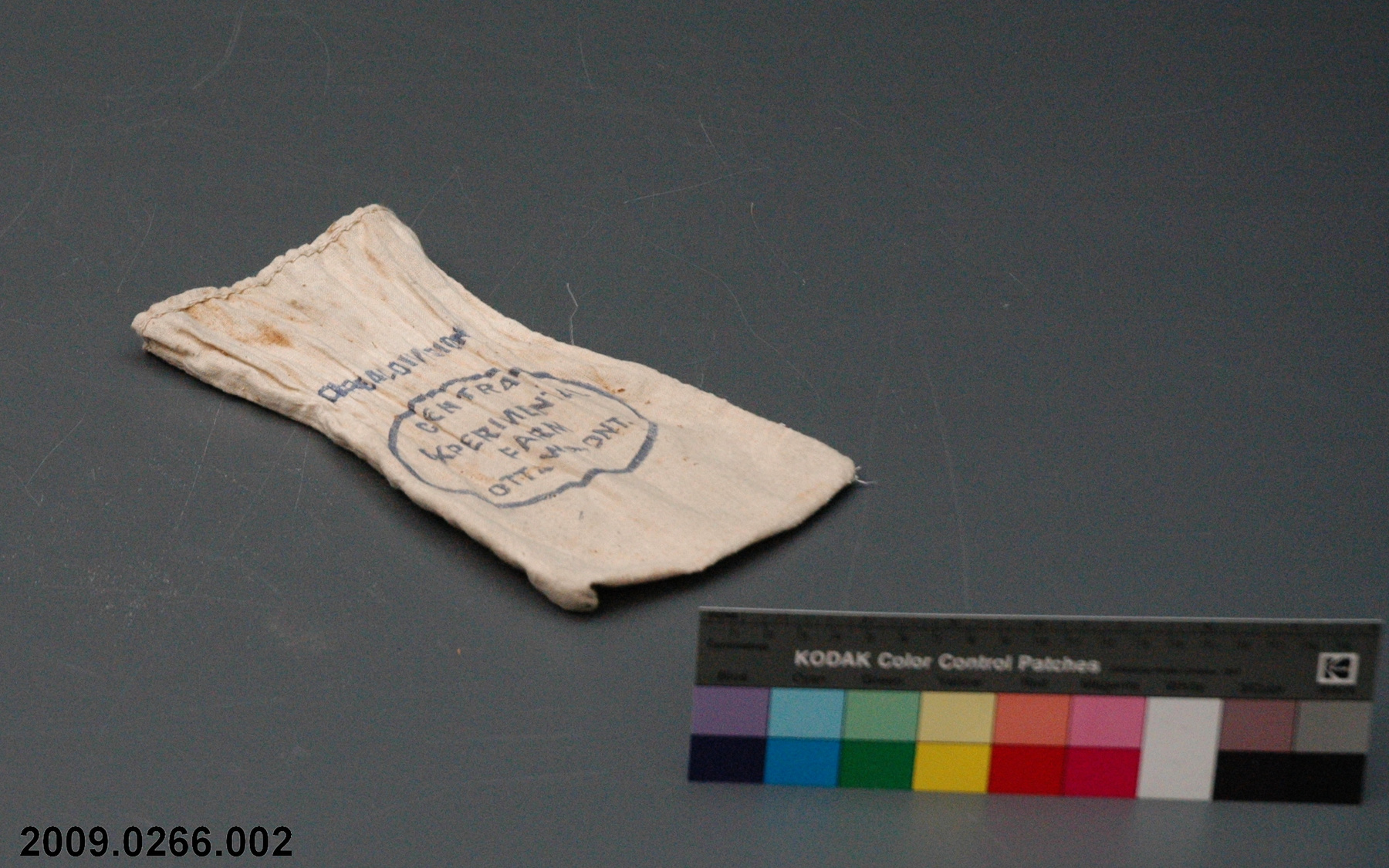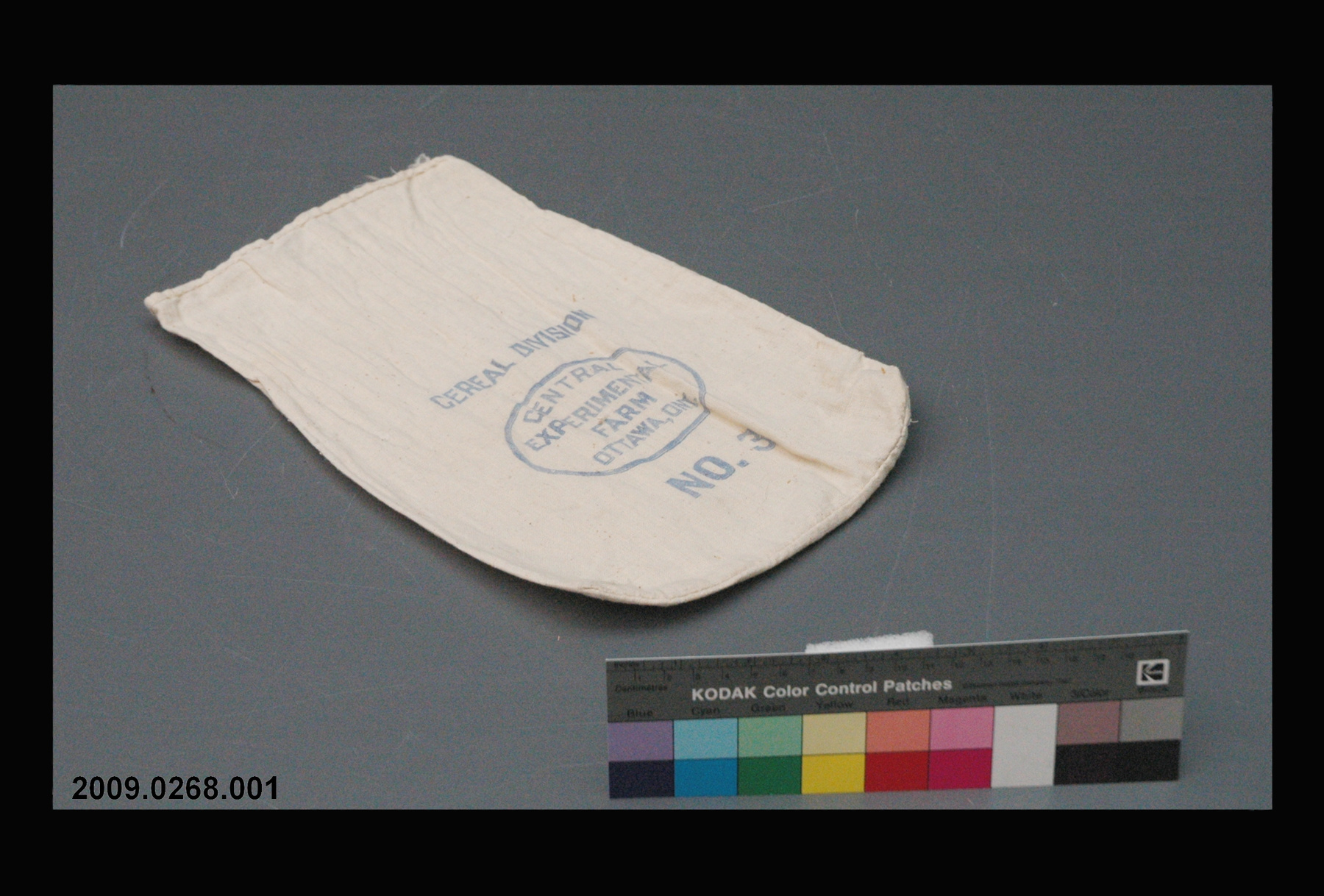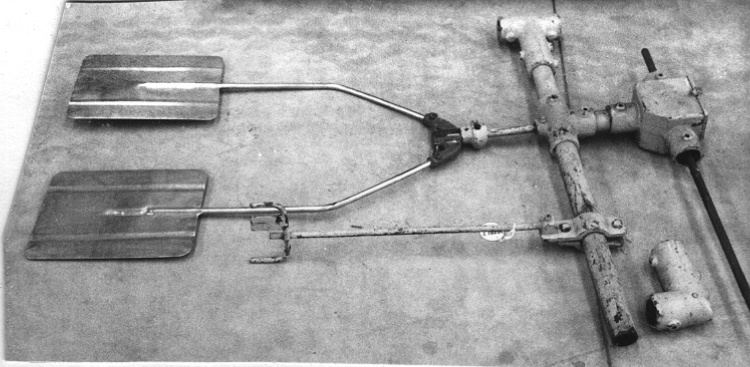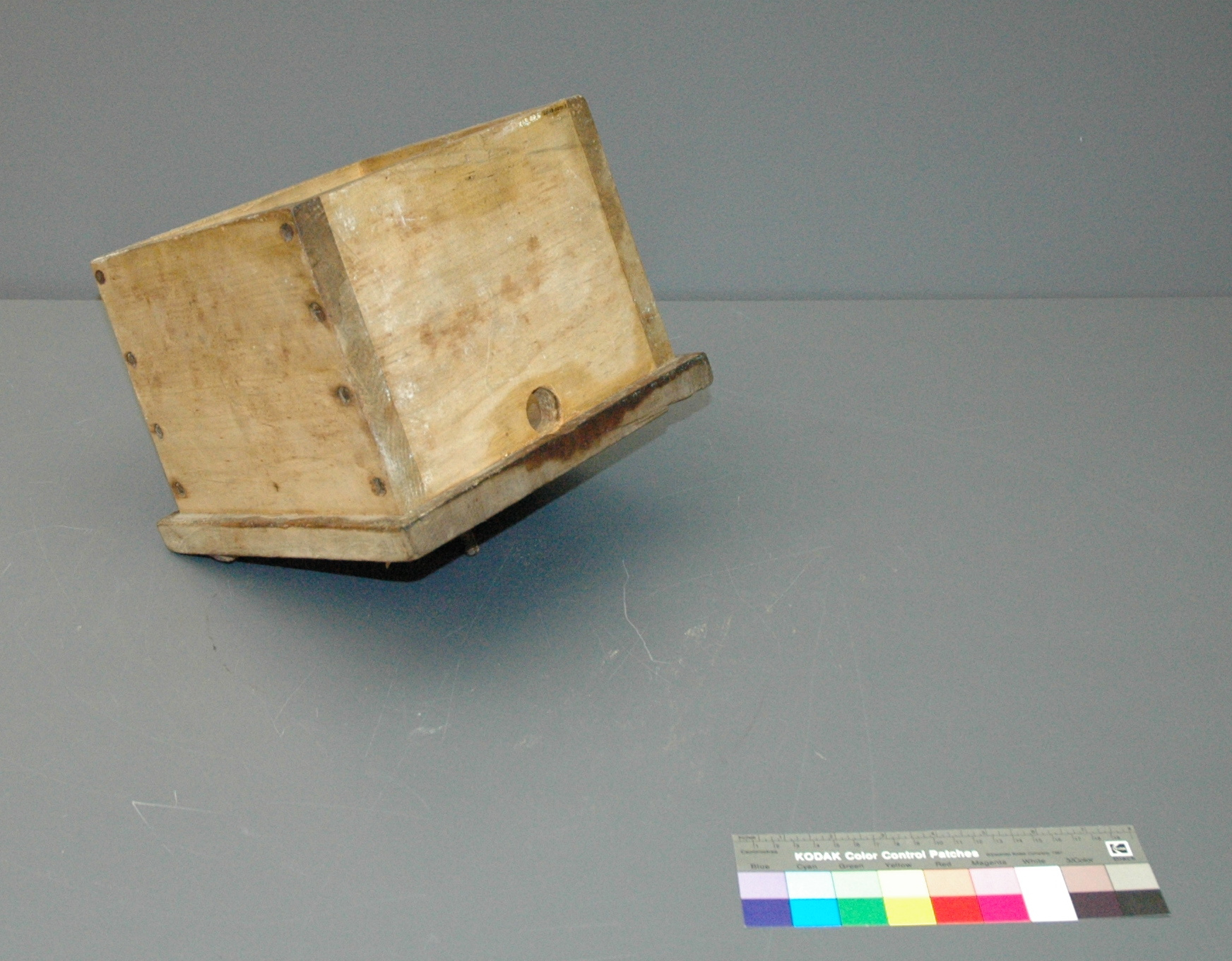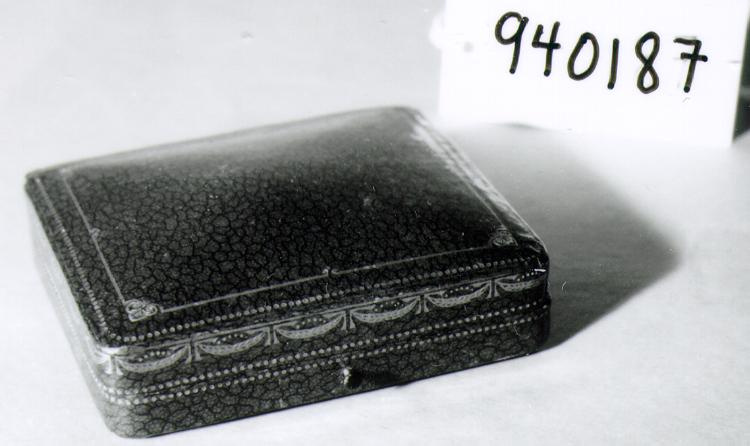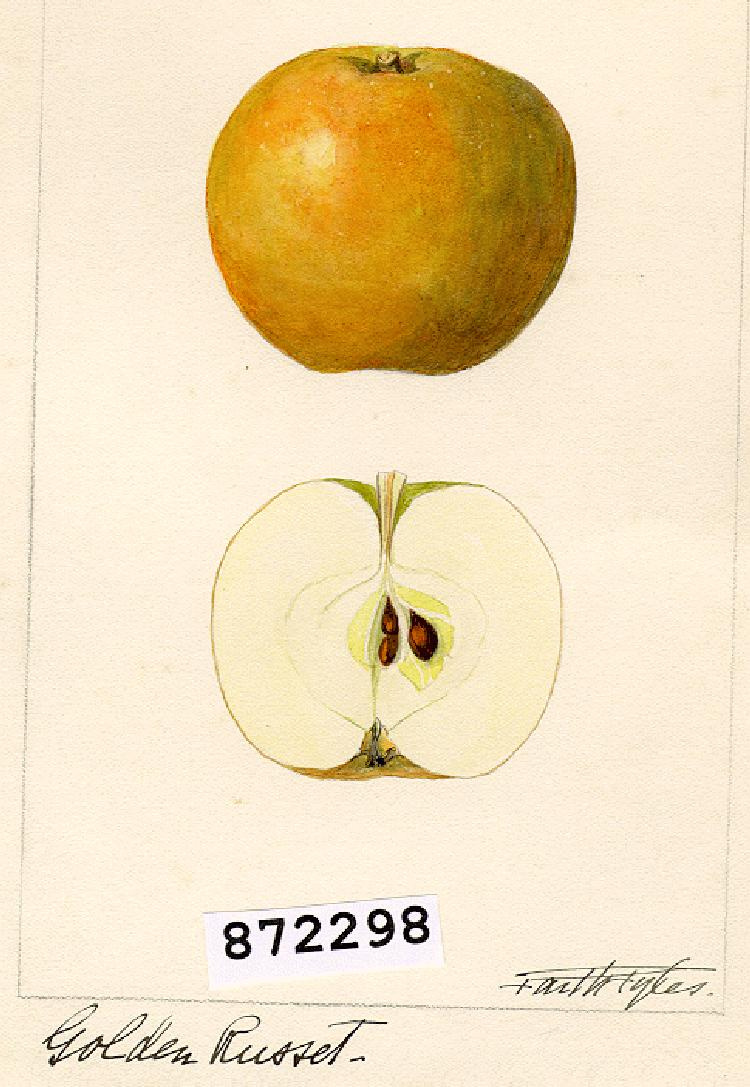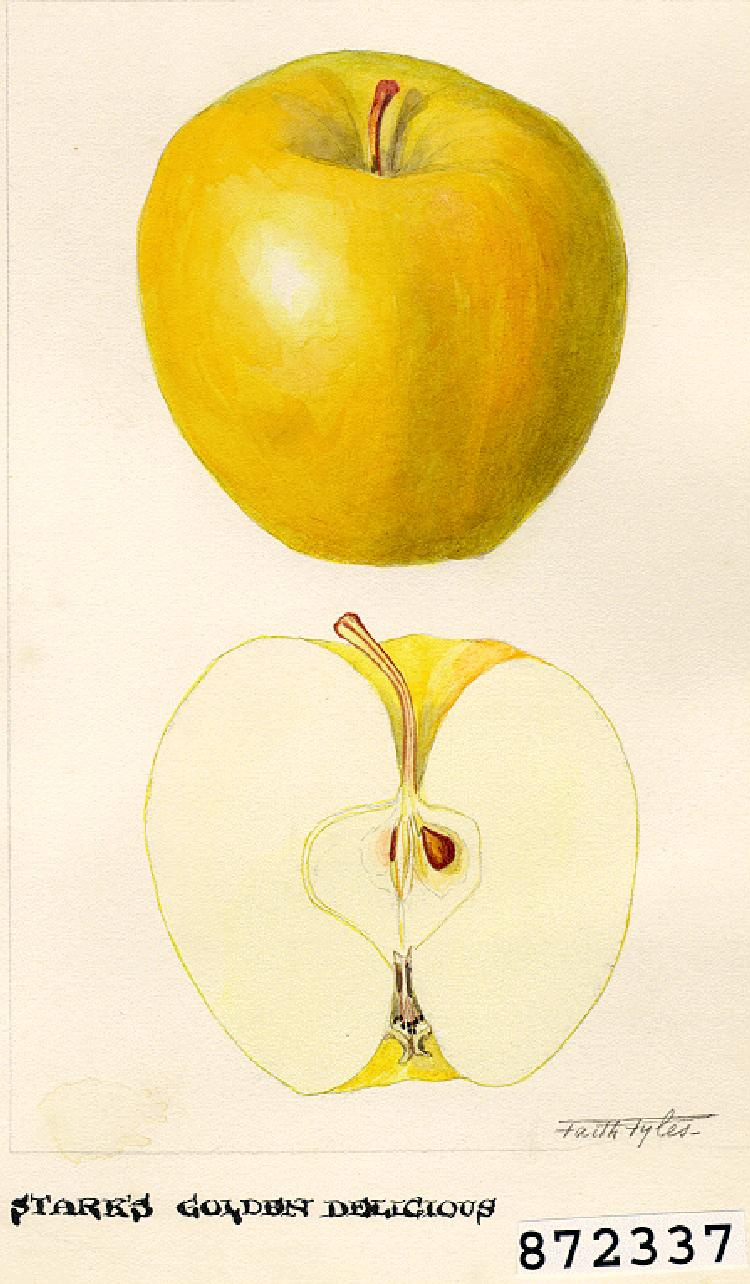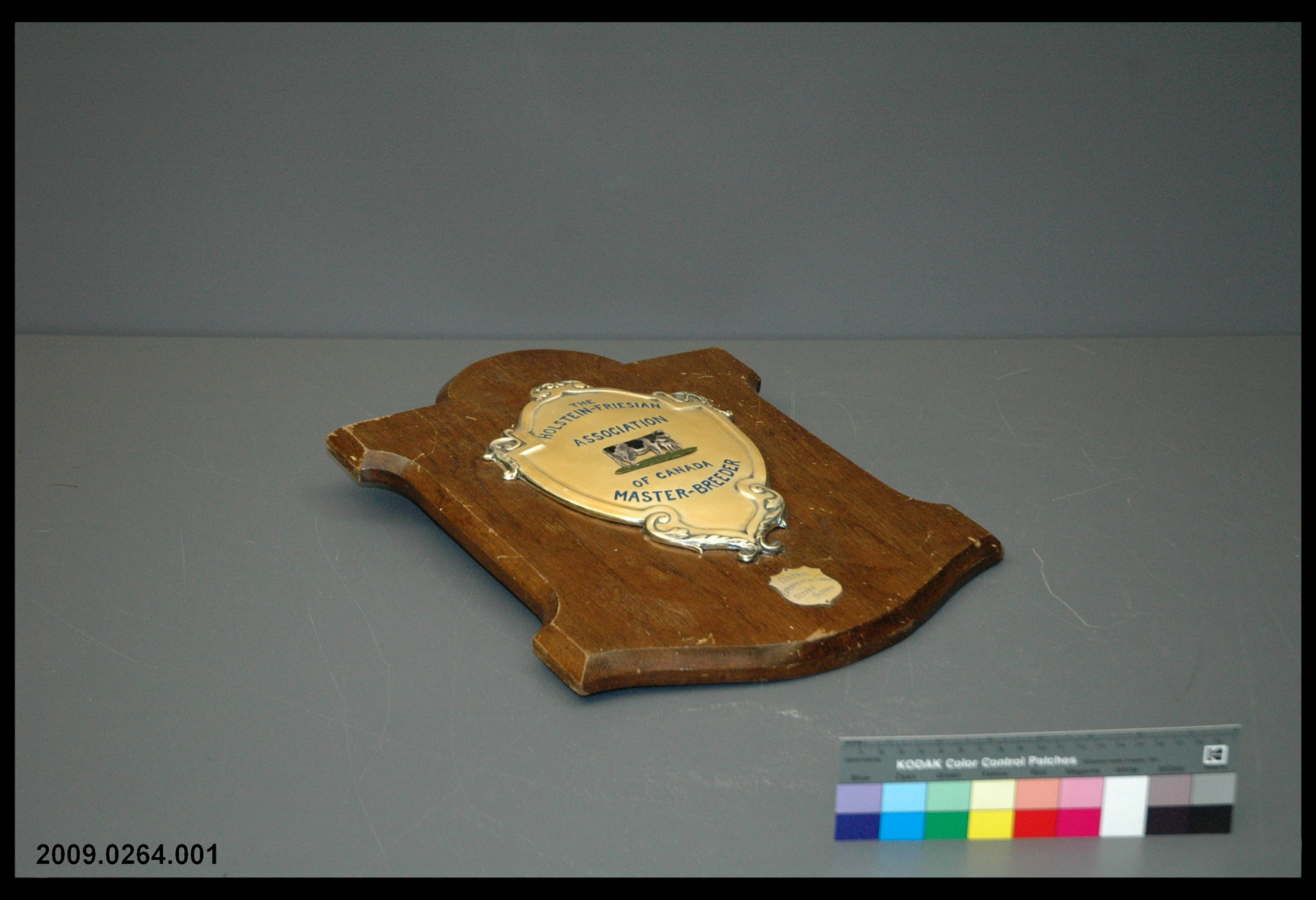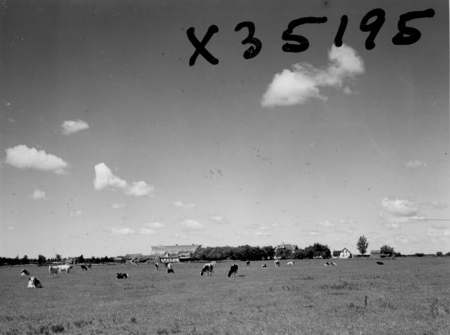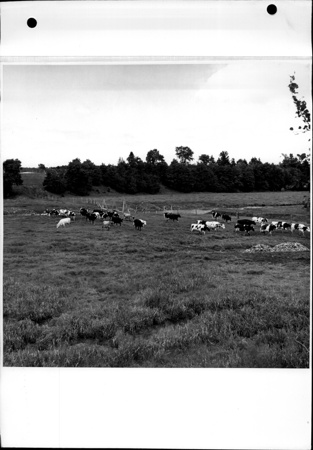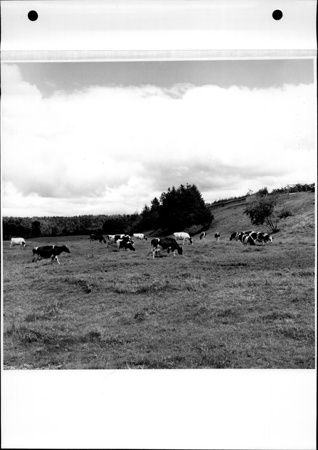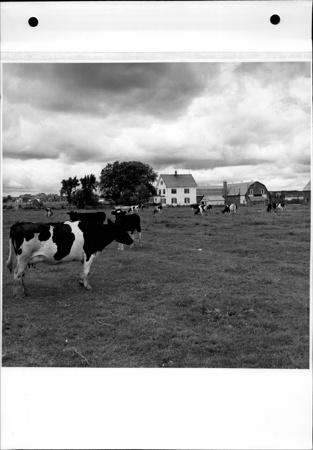Plaque
Use this image
Can I reuse this image without permission? Yes
Object images on the Ingenium Collection’s portal have the following Creative Commons license:
Copyright Ingenium / CC BY-NC-ND (Attribution-NonCommercial 4.0 International (CC BY-NC 4.0)
ATTRIBUTE THIS IMAGE
Ingenium,
2009.0264.001
Permalink:
Ingenium is releasing this image under the Creative Commons licensing framework, and encourages downloading and reuse for non-commercial purposes. Please acknowledge Ingenium and cite the artifact number.
DOWNLOAD IMAGEPURCHASE THIS IMAGE
This image is free for non-commercial use.
For commercial use, please consult our Reproduction Fees and contact us to purchase the image.
- OBJECT TYPE
- award/hosltein-friesian/annual
- DATE
- 1947
- ARTIFACT NUMBER
- 2009.0264.001
- MANUFACTURER
- Unknown
- MODEL
- Unknown
- LOCATION
- Canada
More Information
General Information
- Serial #
- N/A
- Part Number
- 1
- Total Parts
- 1
- AKA
- N/A
- Patents
- N/A
- General Description
- A brown wooden base, a metal plaque and a golden coloured metal [tin] plaque mounted to wooden base.
Dimensions
Note: These reflect the general size for storage and are not necessarily representative of the object's true dimensions.
- Length
- 40.0 cm
- Width
- 32.0 cm
- Height
- 2.5 cm
- Thickness
- N/A
- Weight
- N/A
- Diameter
- N/A
- Volume
- N/A
Lexicon
- Group
- Agriculture
- Category
- Commemorative
- Sub-Category
- N/A
Manufacturer
- AKA
- Unknown
- Country
- Canada
- State/Province
- Unknown
- City
- Unknown
Context
- Country
- Canada
- State/Province
- Unknown
- Period
- Unknown
- Canada
-
Canada Master-Breeder Award. The Central Experimental Farm was established in 1886 to further agriculture research and education so as to make agriculture more profitable, to increase food production, and to encourage families to stay on farms. G.W. Muir was the Dominion Animal Husbandman and received the plaque. C.D. Mackenzie was in charge of the dairy herd. Holstein-Friesians, now often known simply as Holsteins, are the principle dairy cow in Canada. The breed leads in milk production and adapts well to a range of environments. Holstein-Friesians were first imported to North America from Holland in 1881. The breed first arrived in the United States, but was introduced to Canada the same year. The Holstein-Freisian Association of Canada was established in 1901 and was incorporated nationally in 1901. According to its website, it "is the only organization authorized to register Holstein cattle in Canada. The basic purpose of the Association is to improve the breed of Holstein cattle. To this end, it maintains a Herdbook and provides many services to its members to assist them in evaluation, selecting, and improving their herds". Master-Breeder has been awarded since 1929 and continues to be awarded today. The award considers both production and type (conformation). It is the association’s highest honour. - Function
-
Award presented annually to Holstein-Friesian breeders by national breed association in recognition of an exceptional breeding program. - Technical
-
The award recognizes successful breeding programmes and thereby helps to shape the breed in Canada. - Area Notes
-
Unknown
Details
- Markings
- Mfr's plate:"CENTRAL/ EXPERIMENTAL FARM/OTTAWA/ONTARIO." Mfr's plaque:"THE/HOLSTEIN-FRIESIAN/ASSOCIATION/OF CANADA/MASTER-BREEDER."
- Missing
- Nothing missing.
- Finish
- A brown wooden base, a metal plaque and a golden coloured metal [tin] plaque mounted to wooden base.
- Decoration
- The outer edges of the plaque have decorative scroll and in the centre of the plaque is an attached raised metallic cow and calf standing on green metallic grass.
CITE THIS OBJECT
If you choose to share our information about this collection object, please cite:
Unknown Manufacturer, Plaque, circa 1947, Artifact no. 2009.0264, Ingenium – Canada’s Museums of Science and Innovation, http://collections.ingeniumcanada.org/en/id/2009.0264.001/
FEEDBACK
Submit a question or comment about this artifact.
More Like This
